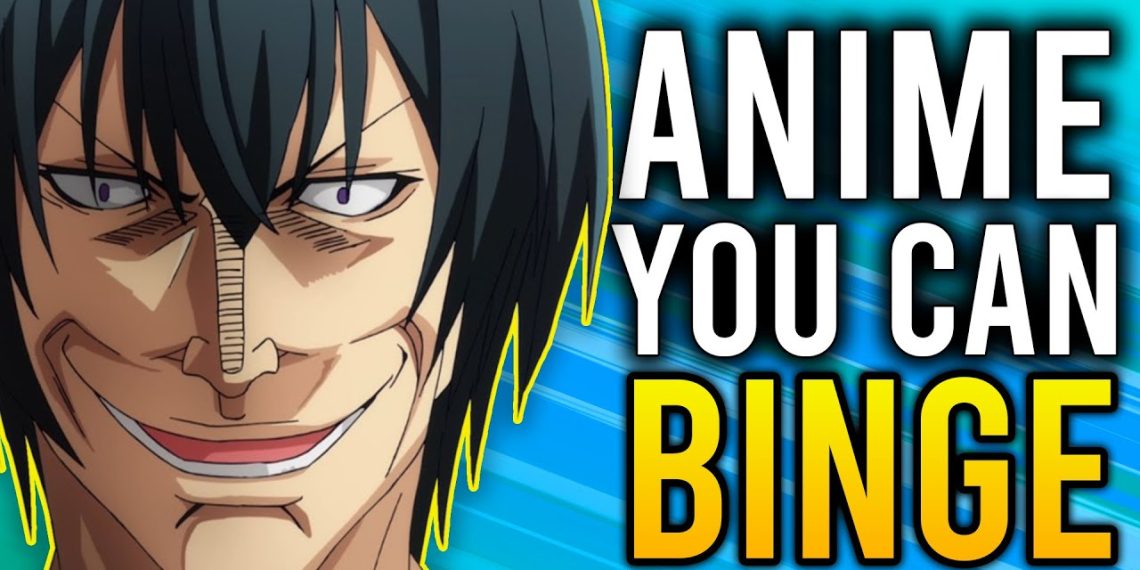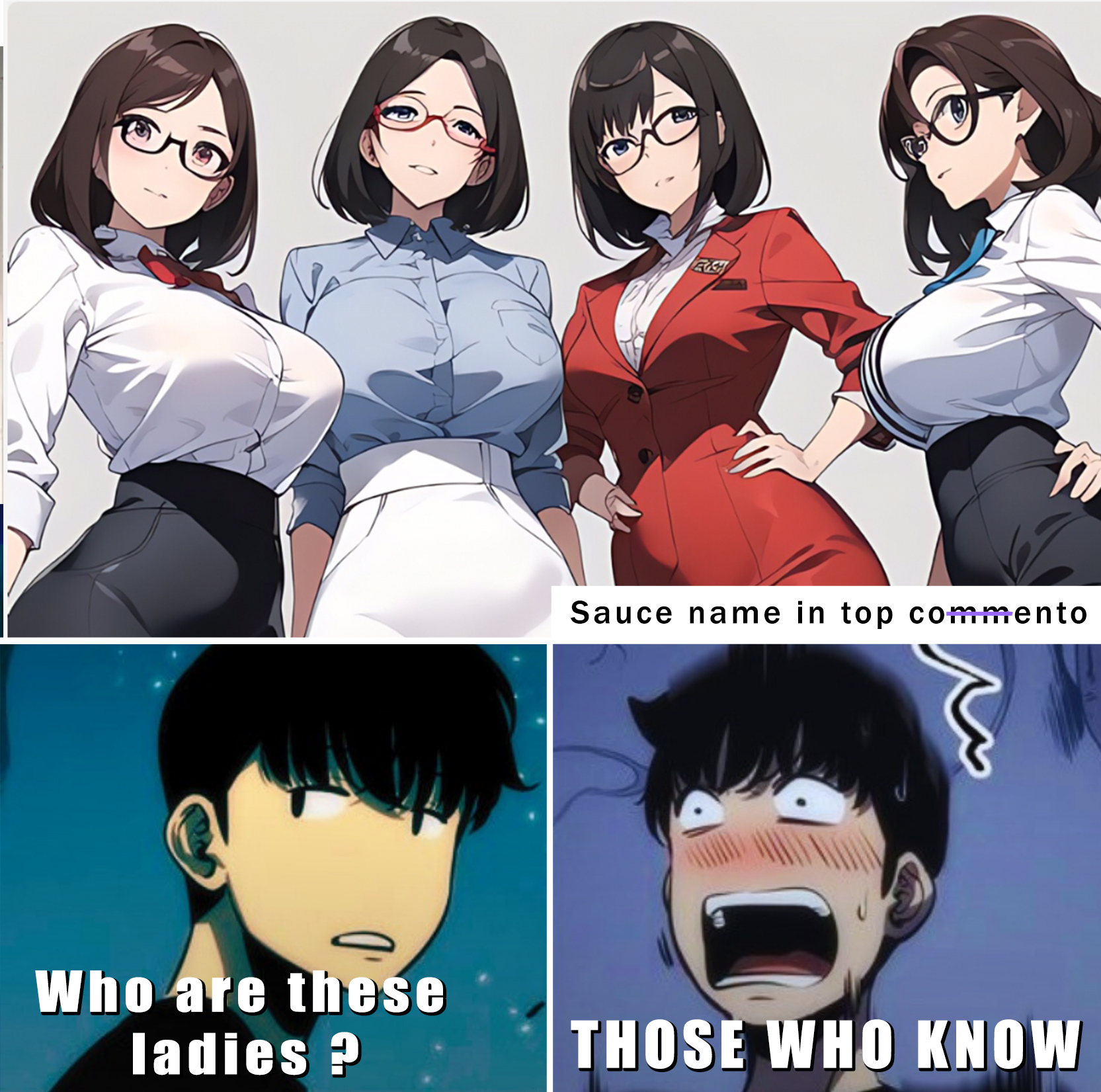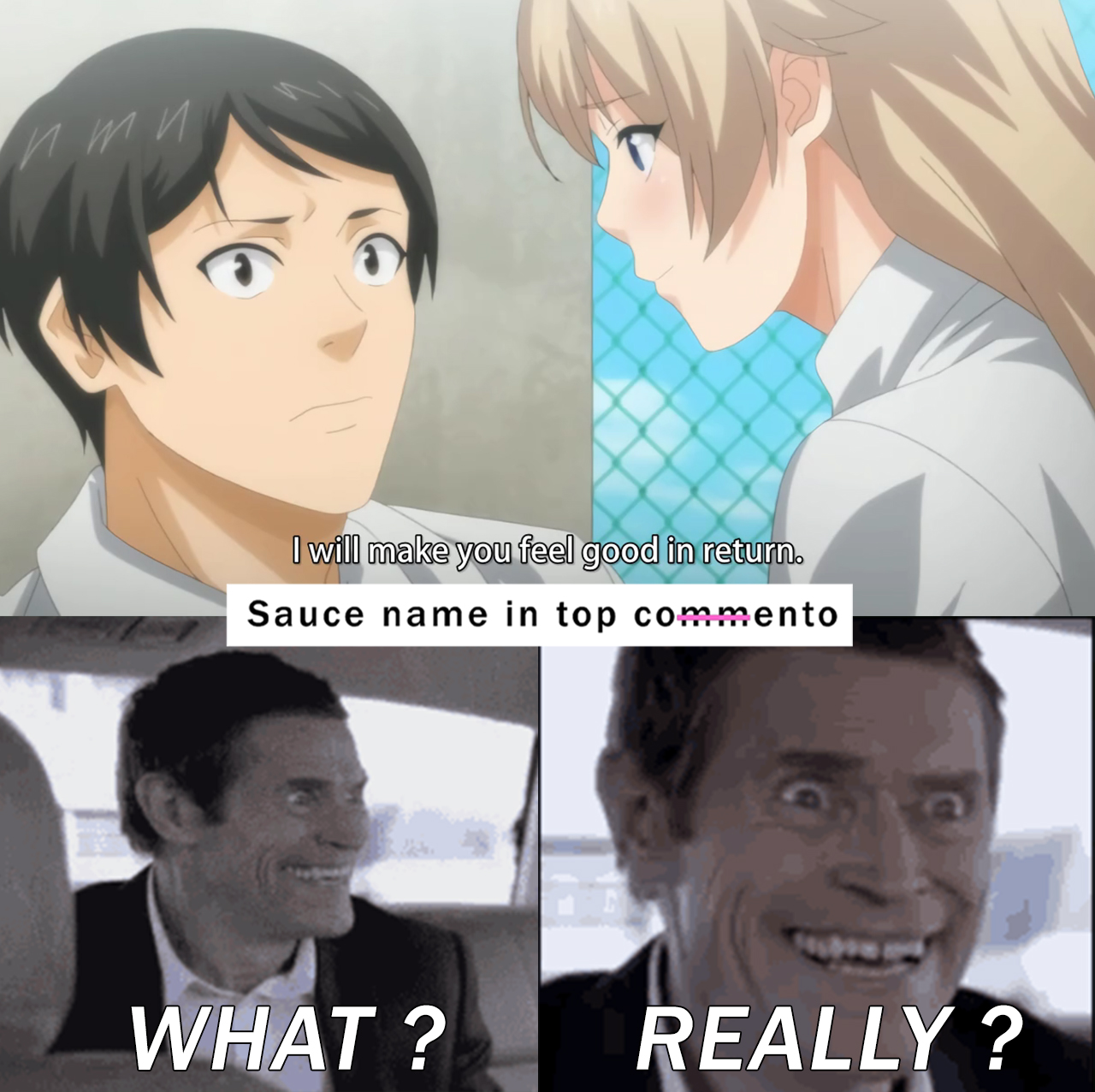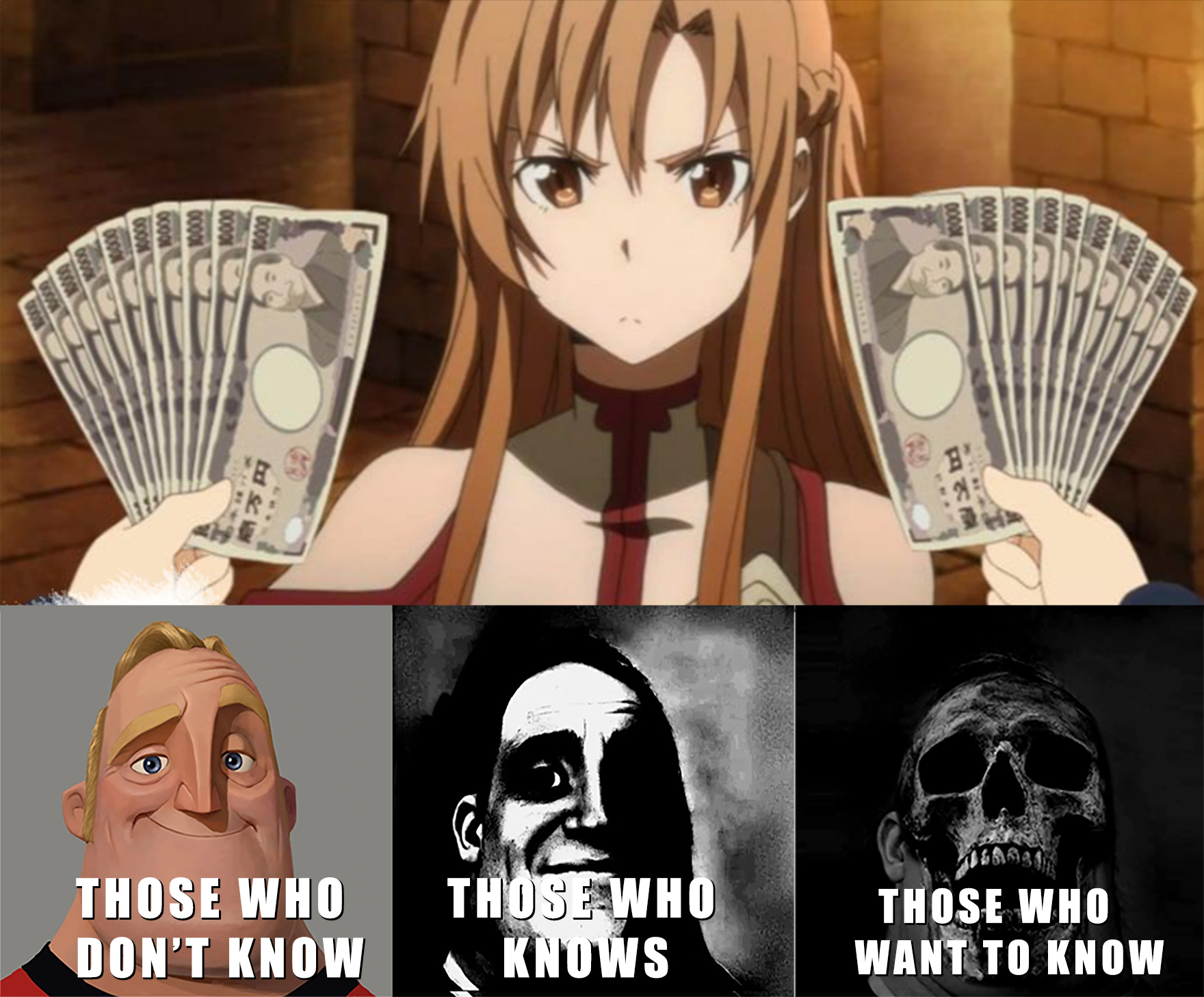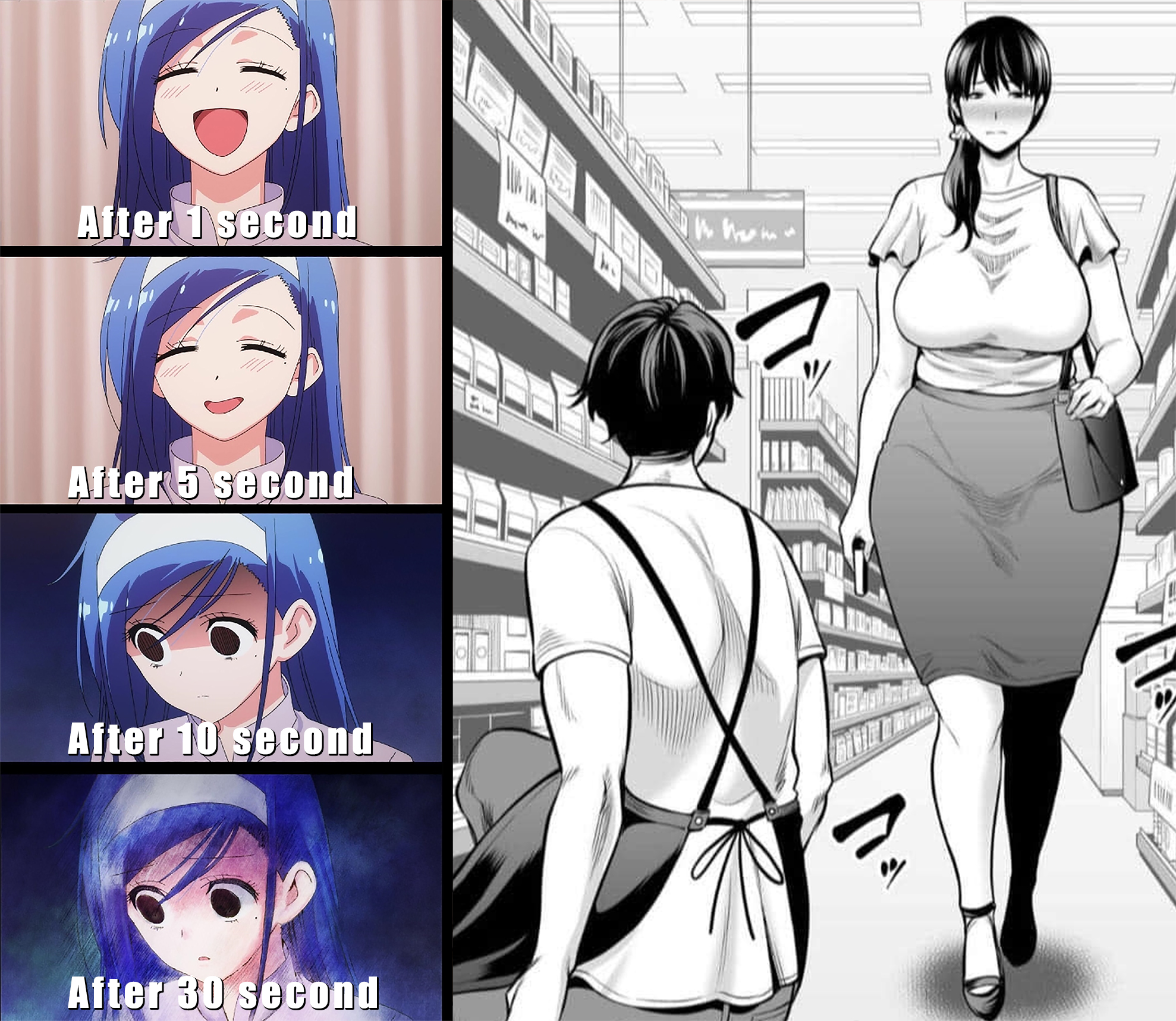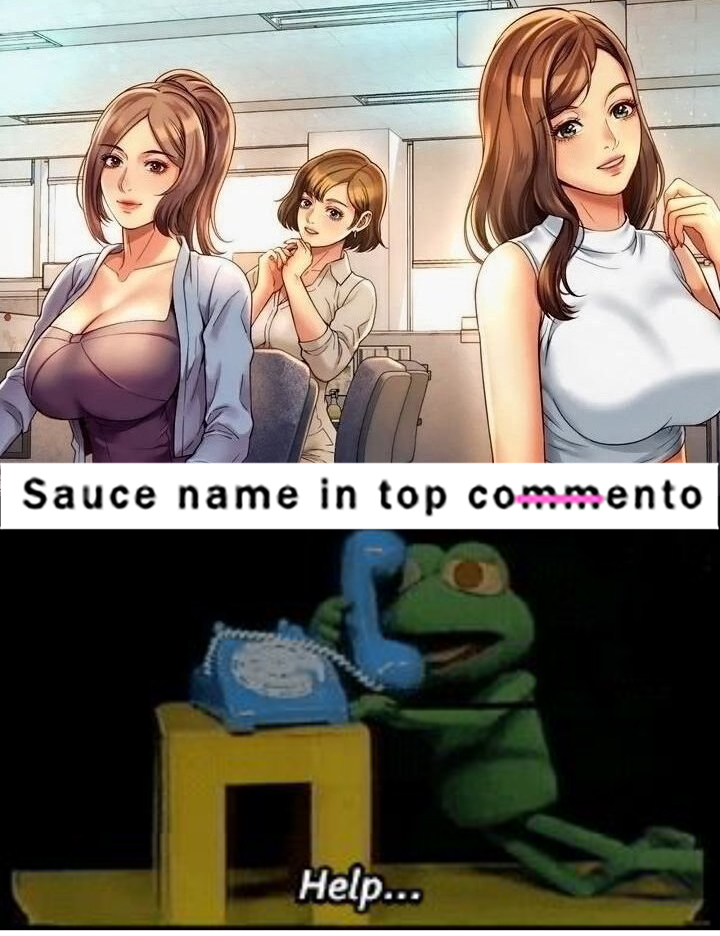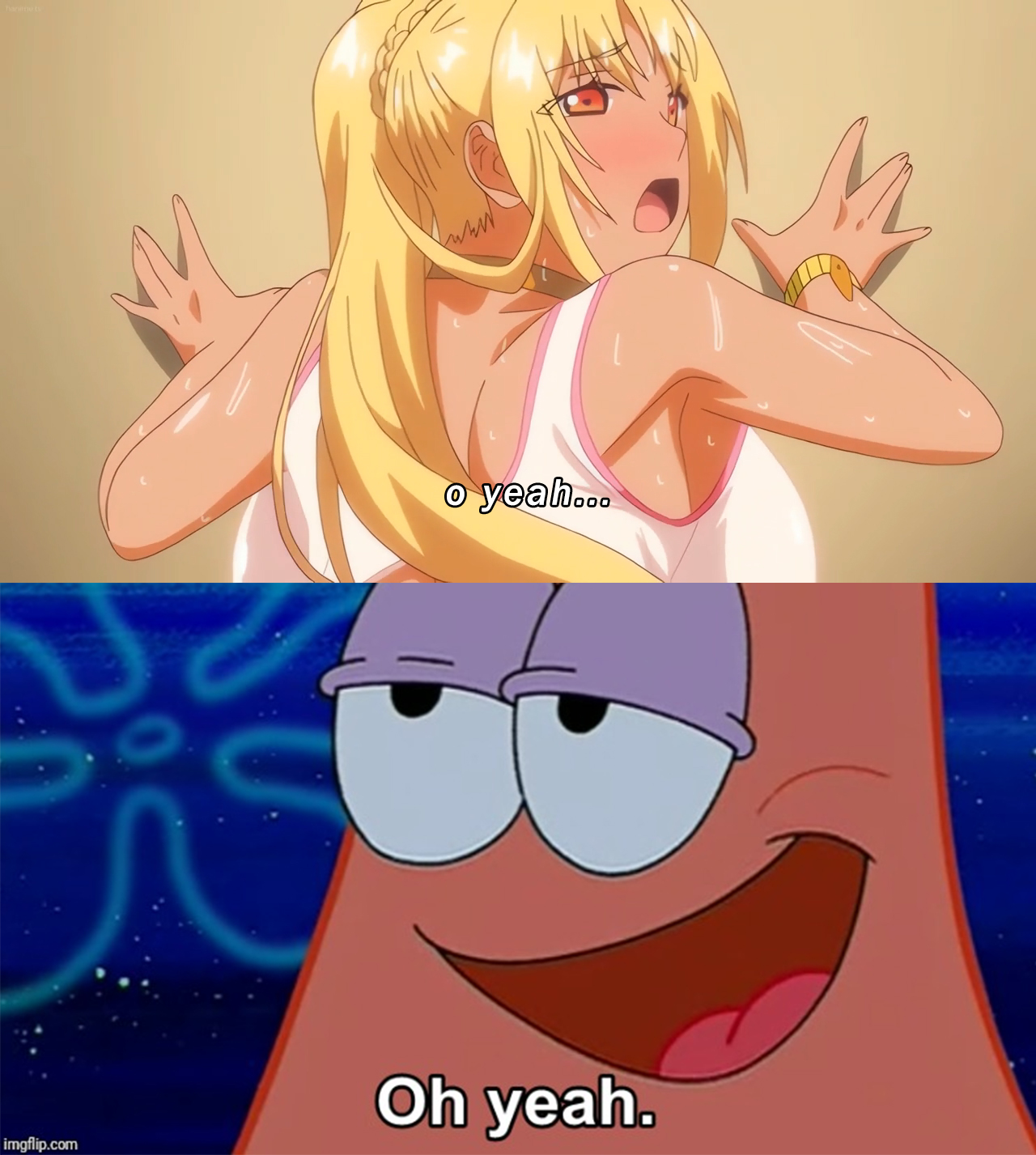Finding the perfect anime series for a binge-watching session can be overwhelming due to the sheer number of options available. Sometimes, all we crave is to immerse ourselves in an exciting anime world, and it’s hard to know where to start.
Here are 10 anime series that are ideal for binge-watching and will leave fans eager for more. From the exhilarating action of One Punch Man to the supernatural realm of Fullmetal, these anime will keep viewers enthralled from start to finish.
Please note: This article contains spoilers for all the mentioned anime and characters’ fates. The animes are placed randomly and not by ranking order.
10. Cowboy Bebop
Cowboy Bebop, the iconic anime series that first graced screens in 1998, has garnered a devoted following over the years. Set in a futuristic world, the show follows the adventures of a band of bounty hunters as they traverse the cosmos aboard the spaceship Bebop.
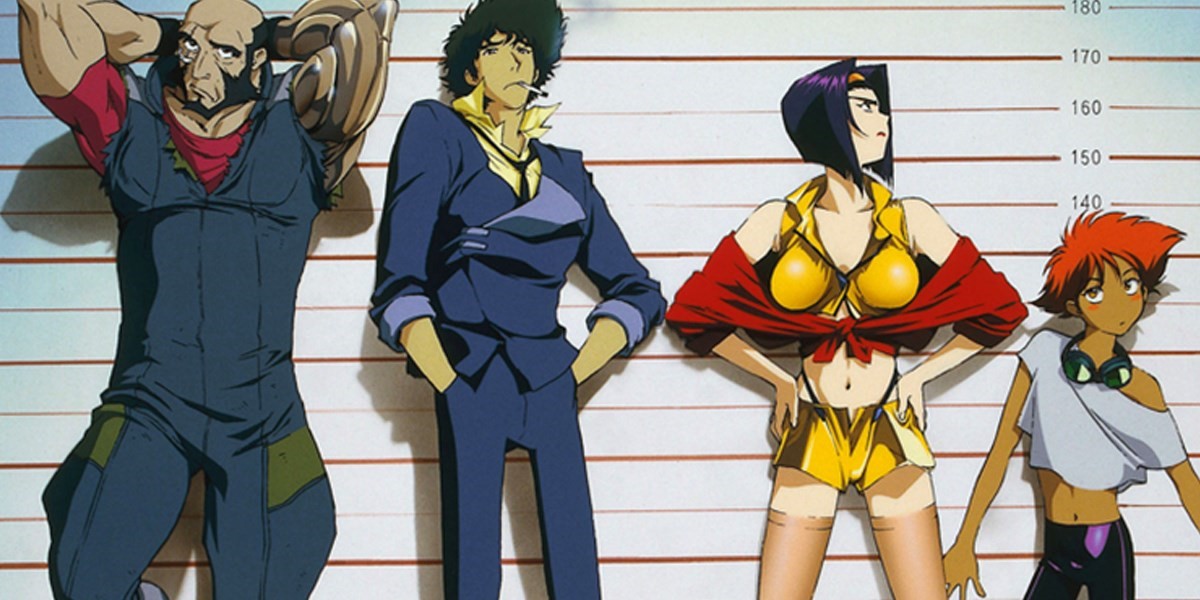
It’s undoubtedly a top pick for binge-watching. With just 26 episodes, each running between 22 to 24 minutes, Cowboy Bebop lends itself perfectly to a one-day marathon.
What sets Cowboy Bebop apart is its episodic nature. While there is an overarching storyline and character development, each episode also stands on its own as a complete narrative.
This makes it easy for viewers to dip in and out of the series without feeling overwhelmed by a complex plot. Whether you’re in it for the long haul or just looking for a quick entertainment fix, Cowboy Bebop delivers a satisfying viewing experience every time.
Cowboy Bebop is a classic Japanese anime series created by Shinichirō Watanabe and produced by Sunrise. Originally airing in 1998, Cowboy Bebop quickly gained international acclaim for its stylish blend of genres, characters, and groundbreaking storytelling. The series is celebrated as a timeless masterpiece within the anime community and beyond.
Set in the year 2071, Cowboy Bebop follows the adventures of a ragtag group of bounty hunters (or “cowboys”) traveling through space aboard the spaceship Bebop.
Together, the crew of the Bebop takes on various bounties and missions across the galaxy, encountering colorful characters and confronting their own personal demons along the way.
The setting of Cowboy Bebop is a futuristic universe inspired by film noir, jazz music, and Westerns, blending elements of sci-fi with classic storytelling tropes. The series masterfully explores themes of existentialism, loneliness, and the pursuit of identity amidst a vast and often unforgiving universe.
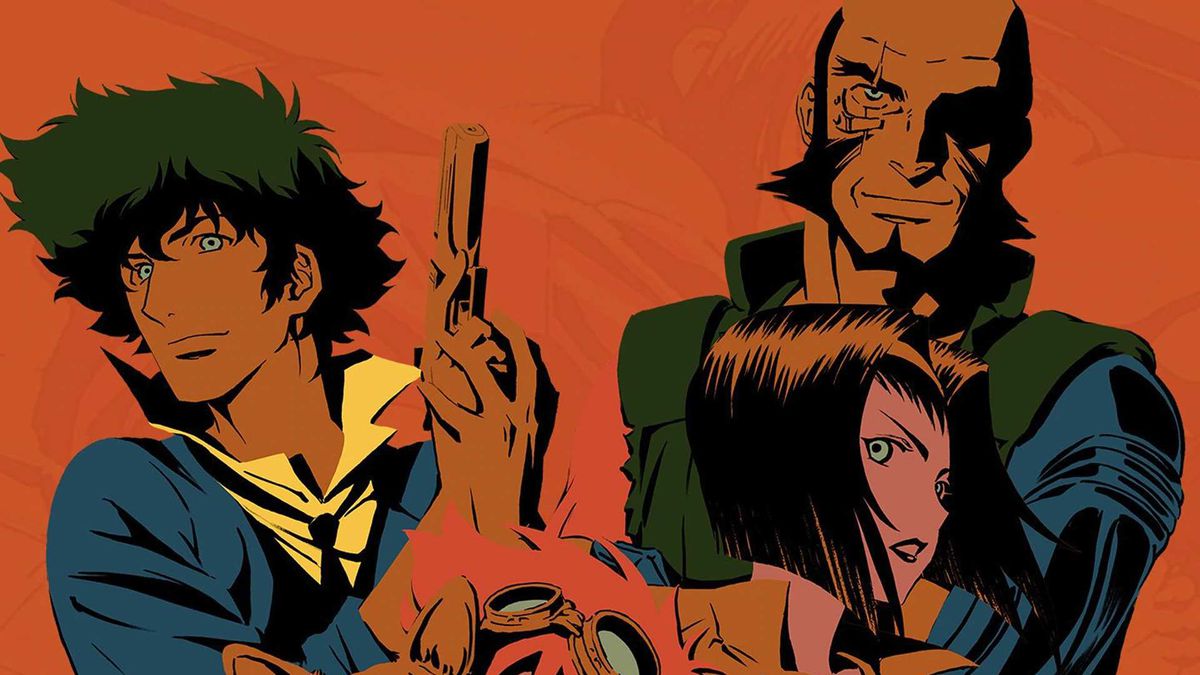
The characters of Cowboy Bebop are complex and multifaceted, each grappling with their own past traumas and motivations. Spike Spiegel, in particular, is a standout protagonist with a tragic backstory that slowly unfolds throughout the series. His laid-back demeanor belies a deeply introspective and haunted soul, making him a compelling and iconic character in anime history.
The series’ episodic structure allows for the exploration of different themes and genres, from action-packed space battles to introspective character studies. Each member of the Bebop crew undergoes significant development, revealing layers of depth and vulnerability beneath their tough exteriors.
Cowboy Bebop also features a memorable supporting cast of villains and side characters, each contributing to the series’ storytelling and world-building.
One of the defining aspects of Cowboy Bebop is its distinctive art style and fluid animation. The series showcases stunningly choreographed action sequences, atmospheric backgrounds, and meticulous attention to detail. The animation quality remains impressive even by modern standards, solidifying *Cowboy Bebop* as a technical marvel in anime production.
The use of music is another standout feature of Cowboy Bebop, with an eclectic soundtrack composed by Yoko Kanno that blends jazz, blues, rock, and electronic elements. The music enhances the series’ atmosphere and complements the narrative, adding emotional depth to key moments.
Cowboy Bebop has left an indelible mark on popular culture, influencing subsequent anime series and gaining a dedicated fanbase worldwide. The series is celebrated for its mature themes, nuanced storytelling, and timeless appeal. *Cowboy Bebop* has received critical acclaim for its innovative approach to genre blending and character-driven narratives, earning recognition as a classic of the medium.
In addition to the anime series, Cowboy Bebop has inspired a feature film titled *Cowboy Bebop: The Movie* (2001) and various spin-off media, including manga adaptations and video games.
Cowboy Bebop is a landmark anime series that continues to resonate with audiences for its nice storytelling, memorable characters, and groundbreaking animation.
With its stylish blend of genres, existential themes, and iconic soundtrack, Cowboy Bebop remains a must-watch for anime enthusiasts and newcomers alike. Whether you’re drawn to space adventures, complex characters, or innovative animation, *Cowboy Bebop* offers a transcendent viewing experience that stands the test of time.
9. Devilman Crybaby
Devilman Crybaby is a contemporary reimagining of the classic Devilman manga penned by Go Nagai. It follows the journey of Akira Fudo, a young man who transforms into Devilman, a hybrid being with both devil and human traits. As Devilman, Akira battles against demonic forces bent on seizing control of Earth.
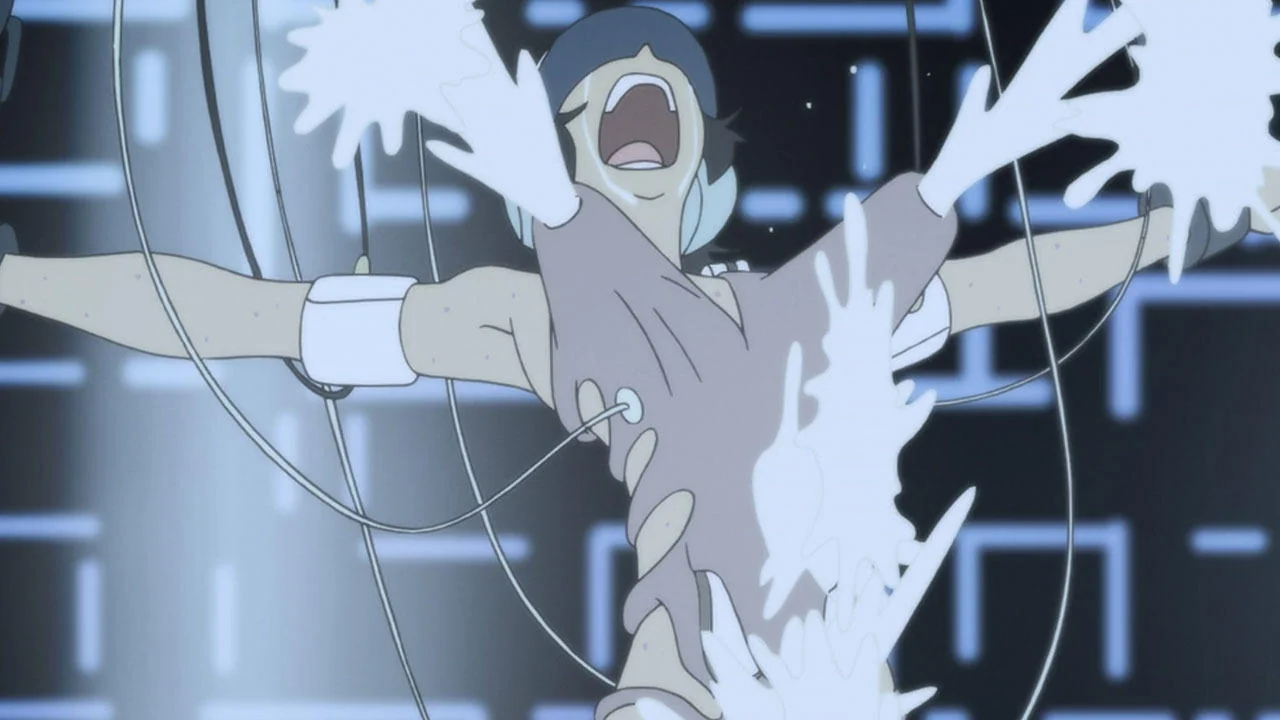
With just seven episodes, Devilman Crybaby is a brief yet intense anime series. Its rapid pace and vivid graphic style make it perfect for a binge-watching session.
This anime isn’t afraid to push boundaries, leaving a profound impact on viewers. If you’re seeking something unconventional and memorable, Devilman Crybaby is a binge-worthy choice that promises to leave you intrigued and perhaps even haunted by its narrative.
Devilman Crybaby is a Japanese anime series based on Go Nagai’s manga series *Devilman*. Directed by Masaaki Yuasa and produced by Science SARU, the anime adaptation was released on Netflix in 2018.
Devilman Crybaby received widespread acclaim for its bold artistic style, mature themes, and emotionally intense storytelling. The series explores dark and profound themes while delivering a visually striking and thought-provoking viewing experience.
Devilman Crybaby follows the story of Akira Fudo, a compassionate and timid high school student who becomes entangled in a supernatural conflict between demons and humans. After his childhood friend, Ryo Asuka, reveals the existence of demons infiltrating human society,
Akira agrees to merge with a demon to gain the power of a Devilman. With newfound abilities, Akira must navigate a world consumed by fear and prejudice as he battles against demonic forces threatening humanity.
The series is set in a contemporary urban setting but quickly ventures into supernatural and apocalyptic territory. Devilman Crybaby goes deep into themes of human nature, morality, and the consequences of unchecked desires. The narrative is raw, intense, and emotionally charged, exploring complex relationships and existential dilemmas amidst the chaos of a world on the brink of destruction.
The characters of *Devilman Crybaby* are complex and morally ambiguous, reflecting the series’ exploration of human nature and societal issues.
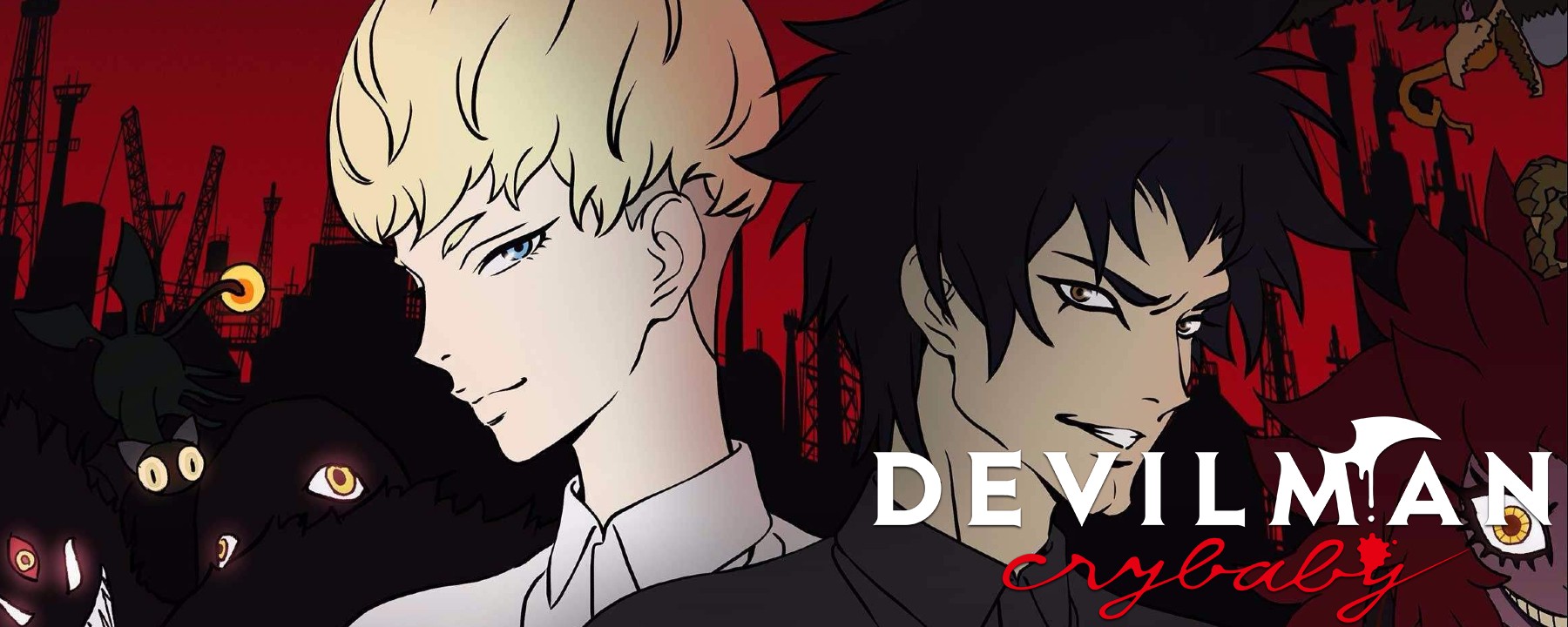
Akira Fudo undergoes a profound transformation from a meek teenager to a conflicted and powerful figure struggling with inner turmoil. Ryo Asuka, initially portrayed as Akira’s enigmatic friend, reveals layers of deception and manipulation as the series progresses.
The themes explored in Devilman Crybaby are dark and thought-provoking, touching on topics such as identity, prejudice, violence, and existential despair. The series challenges conventional notions of good and evil, presenting characters with conflicting motivations and tragic consequences.
One of the standout features of Devilman Crybaby is its bold and distinctive art style, characterized by fluid animation, exaggerated character designs, and striking visual symbolism. Director Masaaki Yuasa’s avant-garde approach lends the series a surreal and unsettling atmosphere, amplifying the emotional impact of key moments.
The animation quality in Devilman Crybaby is visceral and unapologetically graphic, reflecting the mature themes and intense subject matter of the series. The use of color, lighting, and composition adds layers of depth to the storytelling, creating a visually immersive experience that resonates with viewers.
The music in Devilman Crybaby complements the narrative with a diverse and evocative soundtrack composed by Kensuke Ushio.
The score blends electronic, rock, and ambient elements to enhance the series’ emotional intensity and dramatic tension. The opening theme song, “MAN HUMAN” by DENKI GROOVE, sets the tone for the series with its pulsating energy and dark undertones.
*Devilman Crybaby* received widespread critical acclaim for its bold storytelling, artistic vision, and thematic depth. The series was praised for its willingness to tackle mature themes with sincerity and nuance, earning recognition as a groundbreaking work within the anime medium.
The impact of *Devilman Crybaby* extended beyond the anime community, sparking discussions about its philosophical themes and provocative content. The series has inspired fan art, cosplay, and analysis, cementing its status as a modern classic that pushes the boundaries of anime storytelling.
Devilman Crybaby is a provocative and visually stunning anime series that explores profound themes of humanity, identity, and existential dread. With its raw emotion, bold artistic style, and haunting soundtrack,
Devilman Crybaby grabs audiences with a visceral and thought-provoking viewing experience. Whether you’re drawn to dark fantasy, psychological drama, or experimental animation, *Devilman Crybaby* offers a compelling narrative journey that challenges conventions and leaves a lasting impression.
8. Samurai Champloo
Samurai Champloo stands as another timeless anime gem, chronicling the adventures of three unlikely companions during Japan’s Edo period. Mugen, a ronin with a wild spirit; Fuu, a former geisha with a determined spirit; and Jin, a stoic wandering samurai, form an eclectic trio as they journey across the land.
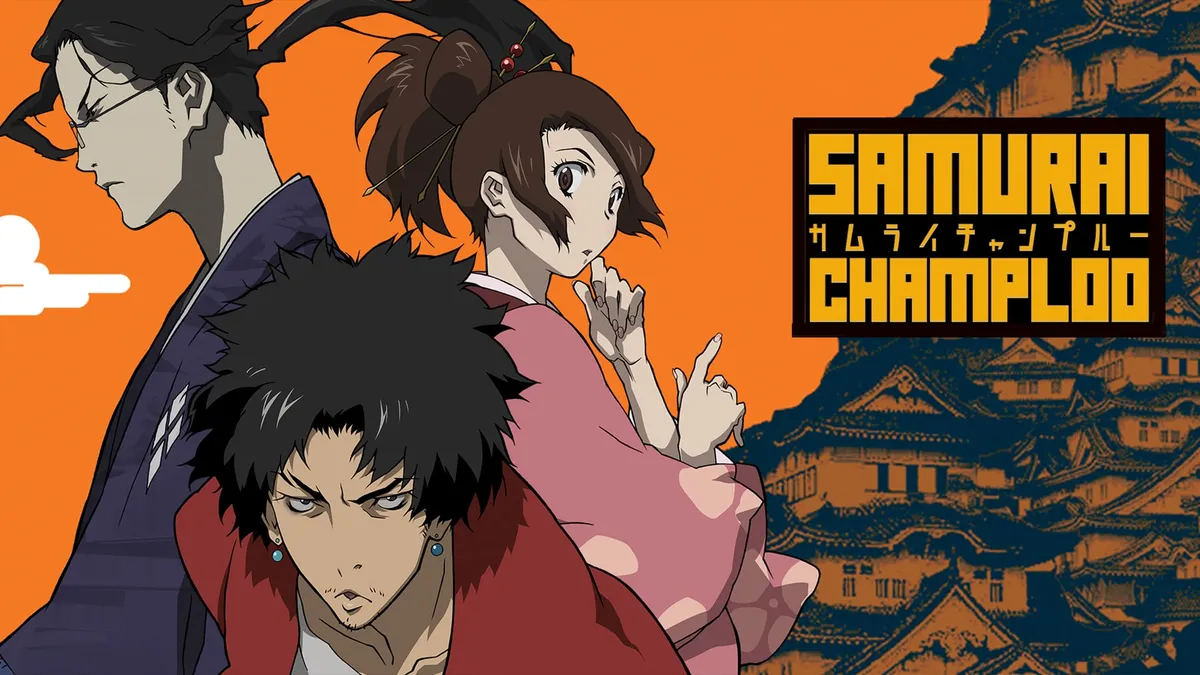
Filled with a seamless blend of action, humor, and heartfelt moments, each episode of Samurai Champloo offers a unique experience. What sets it apart is its fusion of traditional Japanese elements with modern hip-hop culture, creating a distinctive and fascinating atmosphere.
While Samurai Champloo may be more light-hearted compared to some of its counterparts, it doesn’t lack in emotionally charged scenes or thrilling action sequences. From start to finish, this series keeps fans thoroughly engaged, making it a delightful choice for binge-watching.
*Samurai Champloo* is a Japanese anime series directed by Shinichirō Watanabe, known for his work on *Cowboy Bebop*. The series was produced by Manglobe and originally aired in 2004.
Samurai Champloo blends elements of historical fiction, action, and comedy with an infusion of hip-hop culture, resulting in a unique and amazing viewing experience. The series gained critical acclaim for its stylish animation, engaging characters, and innovative storytelling.
Set in Edo-era Japan (approx. 1603-1868), Samurai Champloo follows the journey of three unlikely companions: Mugen, a brash and unconventional swordsman; Jin, a reserved and disciplined ronin (masterless samurai); and Fuu, a spirited young woman on a quest to find the “samurai who smells of sunflowers.”
The trio’s paths cross by chance, and they go on a journey across the country in search of Fuu’s mysterious samurai, facing various challenges and adversaries along the way. The series is episodic in nature, with each episode presenting unique storylines and exploring different themes while advancing the overarching narrative of the protagonists’ journey.
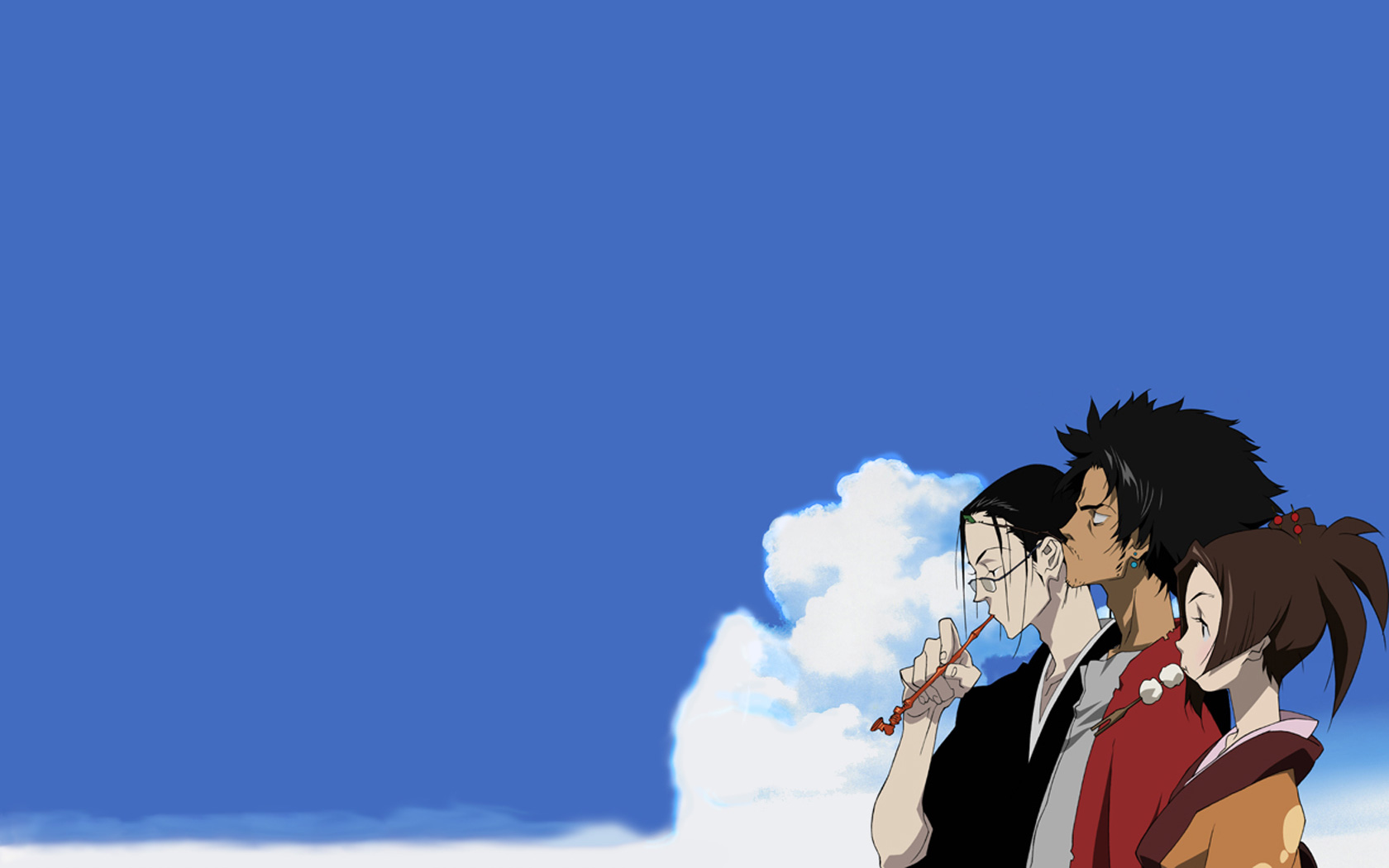
The dynamic between Mugen, Jin, and Fuu drives the series forward, evolving as they confront their pasts and forge new connections through shared experiences.
Samurai Champloo explores themes of honor, redemption, and the pursuit of identity against the backdrop of feudal Japan. The series subverts traditional samurai tropes by infusing modern sensibilities, such as hip-hop culture and anachronistic elements, into its storytelling. The fusion of historical setting with contemporary music and visual style gives Samurai Champloo a fresh and dynamic edge.
The series is renowned for its stylish animation, dynamic fight choreography, and inventive use of music. The soundtrack, composed by Nujabes (Jun Seba) and featuring contributions from other hip-hop artists, complements the series’ tone and enhances key moments with its evocative beats and melodies.
Samurai Champloo is characterized by its fluid animation, expressive character designs, and creative direction. Director Shinichirō Watanabe’s signature visual style is evident throughout the series, incorporating dynamic camera angles, bold color palettes, and innovative storytelling techniques.
The fight scenes in Samurai Champloo are particularly notable for their intensity and creativity, blending traditional samurai techniques with Mugen’s unorthodox combat style and Jin’s disciplined swordsmanship. The animation quality remains striking and impactful, contributing to the series’ immersive atmosphere.
Samurai Champloo received widespread acclaim from critics and audiences alike for its originality, artistry, and compelling narrative. The series is regarded as a standout work in the anime medium, praised for its genre-defying approach and seamless fusion of historical and modern elements.
The impact of Samurai Champloo extends beyond its initial release, influencing subsequent anime series and leaving a lasting impression on fans of all ages. The series remains a beloved classic that continues to be celebrated for its innovation and cultural significance.
Samurai Champloo is a nice and genre-defying anime series that blends historical fiction with modern aesthetics, resulting in a fresh and dynamic viewing experience. With its engaging characters, stylish animation, and innovative use of music.
Samurai Champloo stands as a testament to the creativity and versatility of anime storytelling. Whether you’re a fan of samurai tales, hip-hop culture, or inventive animation, *Samurai Champloo* offers a memorable journey filled with action, humor, and heartfelt moments.
7. Fate/Zero
Fate/Zero thrusts viewers into the heart of the Fourth Holy Grail War, a high-stakes battle royale where seven magicians summon powerful spirits, known as Servants, to vie for the coveted Holy Grail. Set a decade before the events of Fate/Stay Night, this series unfolds a tale of intrigue and conflict amidst the clash of magical powers.
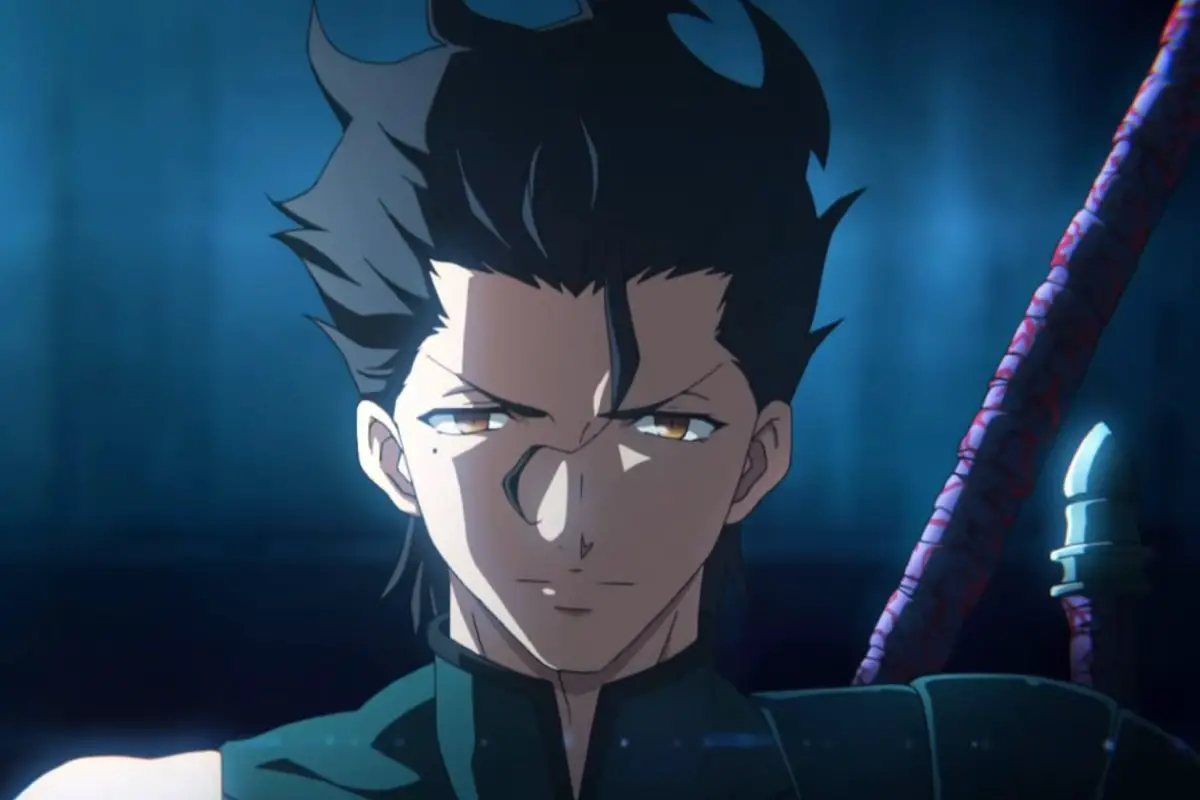
At the center of it all is Kiritsugu Emiya, a skilled mercenary enlisted by one of the wizards to join the fray. His prowess in combat and strategic thinking is unmatched, yet his enigmatic past adds layers of complexity to his character, making him a compelling and mysterious protagonist.
With 25 episodes, each around 25 minutes in length, Fate/Zero is tailor-made for a one-day binge-watch. Its well-paced narrative is rich with action, drama, and a diverse cast of intriguing characters. Fans of anime will find themselves drawn into the gripping plot, making it difficult to resist watching it all in a single sitting.
Fate/Zero is a Japanese anime series based on the light novel written by Gen Urobuchi and illustrated by Takashi Takeuchi. The anime adaptation was produced by Ufotable and first aired in 2011. Serving as a prequel to the popular Fate/Stay Night visual novel and anime series,
Fate/Zero explores a deadly battle royale known as the Holy Grail War, where seven mages summon heroic spirits to fight on their behalf for the chance to obtain the Holy Grail—a powerful artifact capable of granting any wish.
Set a decade before the events of Fate/Stay Night, Fate/Zero follows the Fourth Holy Grail War in Fuyuki City, Japan. Seven mages, known as Masters, each summon a legendary Heroic Spirit from history or mythology to serve as their “Servant” in the battle for the Holy Grail. The Masters and Servants form uneasy alliances, following a complex web of rivalries, betrayals, and conflicting ideals.
As the Holy Grail War unfolds, secrets are revealed, alliances are tested, and characters confront their own beliefs and motivations in the pursuit of their goals.

Fate/Zero goes into complex themes such as the nature of heroism, the pursuit of power, and the consequences of one’s actions. The characters grapple with moral dilemmas, existential questions, and the weight of their pasts as they confront the harsh realities of the Holy Grail War.
Kiritsugu’s utilitarian philosophy clashes with Saber’s unwavering sense of honor, while Kirei struggles with his own sense of purpose and desires. Each character undergoes profound development throughout the series, exploring their motivations and ideologies in depth.
One of the standout features of *Fate/Zero* is its stunning animation and visual presentation. Produced by Ufotable, known for its high-quality animation and special effects, the series boasts fluid fight sequences, detailed character designs, and breathtaking cinematography. The use of CGI enhances the spectacle of the Servants’ battles, creating a visually immersive experience for viewers.
The art direction in *Fate/Zero* is meticulous, capturing the dark and atmospheric tone of the story while highlighting the grandeur of the Heroic Spirits and their legendary weapons.
The soundtrack of *Fate/Zero*, composed by Yuki Kajiura, complements the series’ epic scale and dramatic narrative. The music features orchestral arrangements, haunting melodies, and intense battle themes that enhance the emotional impact of key moments. The opening and ending themes, performed by popular artists such as LiSA and Kalafina, contribute to the series’ atmosphere and tone.
Fate/Zero received widespread acclaim from both critics and audiences, praised for its compelling storytelling, complex characters, and exceptional animation quality. The series is regarded as one of the best entries in the *Fate* franchise, setting a high standard for subsequent adaptations.
Fate/Zero has left a lasting legacy within the anime community, inspiring spin-off media, video games, and merchandise. The series continues to attract new fans with its mature themes, philosophical depth, and narrative.
Fate/Zero is a gripping and visually stunning anime series that explores themes of heroism, morality, and ambition within the context of a deadly battle for the Holy Grail, with its compelling characters, epic battles, and philosophical undertones.
Fate/Zero offers a rich and immersive viewing experience that resonates with fans of fantasy and action anime. Whether you’re a fan of the *Fate* franchise or new to the series, *Fate/Zero* stands out as a must-watch for its exceptional storytelling and cinematic presentation.
6. Future Boy Conan
Future Boy Conan earns its place as a top contender for our list, hailed by many as one of the finest anime series ever created. At its core is the tale of Conan, a 12-year-old boy born on a space station who survives a cataclysm that devastates his world. Through Conan’s journey, we witness the unfolding narrative of survival and discovery.

Lost on the distant island of Nebulosa, Conan encounters Lana, a young girl who has spent five years living in solitude, accompanied only by a robotic version of herself.
What sets this classic anime apart is its gripping blend of high-stakes drama, heartfelt moments, and thrilling action. Each episode brims with emotionally charged scenes that resonate deeply with viewers, leaving a lasting impact long after the credits roll.
For fans seeking a binge-worthy series that tugs at the heartstrings and inspires, Future Boy Conan delivers an unforgettable experience.
Future Boy Conan (also known as *Mirai Shōnen Konan*) is a Japanese anime series directed by Hayao Miyazaki and produced by Nippon Animation. Originally airing in 1978, Future Boy Conan is a classic adventure anime that showcases Miyazaki’s early work and sets the foundation for his later renowned works in animation.
The series is based on Alexander Key’s novel “The Incredible Tide” and is celebrated for its engaging storytelling, memorable characters, and imaginative world-building.
Set in a post-apocalyptic world devastated by a global war, *Future Boy Conan* follows the journey of Conan, a young boy who lives on a remote island with his grandfather.
One day, Conan rescues a girl named Lana from a group of soldiers from Industria, a militaristic society seeking to dominate the world using advanced technology. Together with Lana, Conan get on a quest to thwart Industria’s plans and uncover the secrets of the past.

The series combines elements of science fiction, adventure, and coming-of-age themes as Conan and Lana encounter various allies and adversaries in their quest for freedom and justice. The setting of *Future Boy Conan* is a vast and immersive world filled with ruins, hidden technologies, and remnants of the old civilization.
Future Boy Conan explores themes of environmentalism, pacifism, and the consequences of war through its narrative. The series presents a cautionary tale about the dangers of technology and militarism while emphasizing the importance of cooperation and compassion.
Hayao Miyazaki’s signature storytelling style is evident throughout *Future Boy Conan*, featuring compelling plot twists, nuanced character development, and poignant moments of introspection. The series balances action-packed sequences with quiet, reflective moments, creating a narrative that resonates with viewers of all ages.
Despite being produced in the late 1970s, *Future Boy Conan* boasts impressive animation quality and artistic direction. Hayao Miyazaki’s attention to detail is evident in the character designs, environmental backgrounds, and mechanical designs featured throughout the series. The animation captures the energy and excitement of the adventure while conveying emotional depth in character expressions and interactions.
Future Boy Conan is considered a classic anime series that has influenced subsequent works in the medium. Hayao Miyazaki’s involvement in the series helped solidify his reputation as a visionary director and storyteller, paving the way for his later masterpieces such as *Nausicaä of the Valley of the Wind*, *My Neighbor Totoro*, and Spirited Away.
The series continues to be celebrated by fans of Hayao Miyazaki’s works and anime enthusiasts for its timeless storytelling, imaginative world-building, and memorable characters.
Future Boy Conan is a nice and influential anime series that showcases Hayao Miyazaki’s early talents as a director and storyteller. With its compelling narrative, richly developed characters, and imaginative setting, *Future Boy Conan* remains a classic adventure anime that resonates with audiences of all generations.
Whether you’re a fan of Miyazaki’s works or simply appreciate well-crafted storytelling, *Future Boy Conan* offers a delightful journey into a post-apocalyptic world filled with hope, courage, and the enduring spirit of humanity.
5. Fullmetal Alchemist: Brotherhood
Fullmetal Alchemist: Brotherhood stands as one of the greatest anime series ever crafted, and it’s a prime choice for a binge-watching marathon. The story follows brothers Edward and Alphonse Elric, whose attempt to resurrect their deceased mother through alchemy tragically costs them their bodies and limbs.
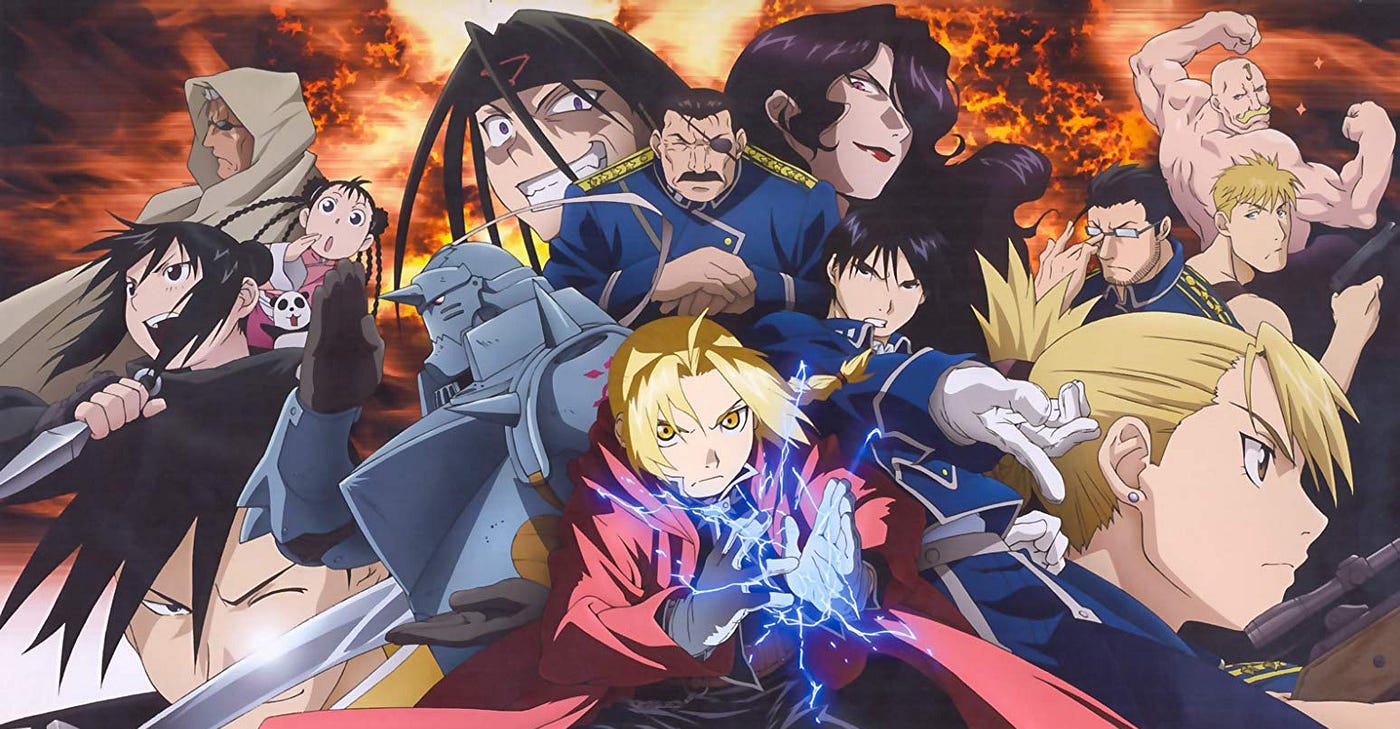
Determined to right their wrongs, the brothers look on a quest to find the elusive Philosopher’s Stone, a legendary artifact said to restore their bodies and grant them new life.
Packed with intense drama, poignant moments, and exhilarating action, Fullmetal Alchemist: Brotherhood promises an immersive binge-watching experience. As viewers look into its richly crafted world, they’ll find themselves gripped by the emotional depth and gripping narrative, ensuring they remain fascinated from start to finish.
Fullmetal Alchemist: Brotherhood is a Japanese anime series based on the manga written and illustrated by Hiromu Arakawa. Produced by Bones, the anime adaptation of Fullmetal Alchemist: Brotherhood aired from 2009 to 2010 and is considered one of the greatest anime series of all time.
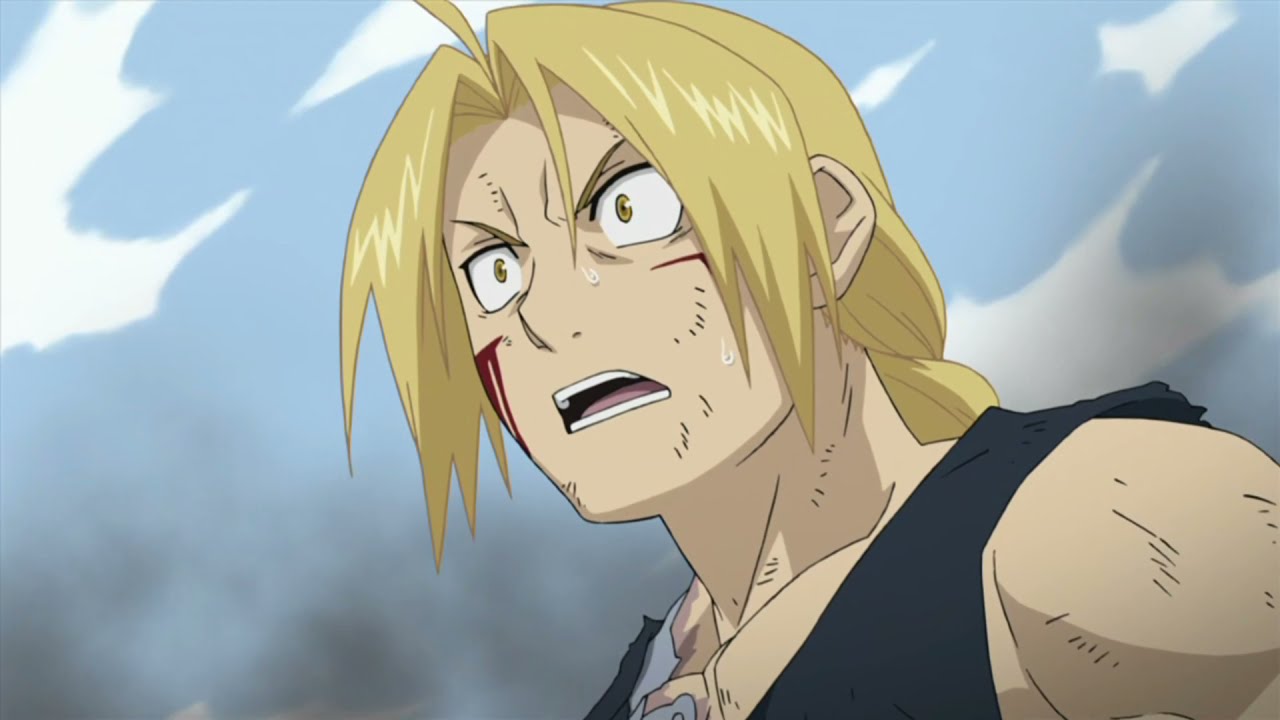
The series follows the journey of two brothers, Edward and Alphonse Elric, as they seek the Philosopher’s Stone to restore their bodies after a failed alchemical experiment.
Set in a fictional world where alchemy is a widely practiced science, Fullmetal Alchemist: Brotherhood tells the story of Edward and Alphonse Elric, who attempt to bring their deceased mother back to life using alchemy.
The forbidden ritual results in a catastrophic failure: Edward loses his left leg and Alphonse loses his entire body. In a desperate attempt to save his brother’s soul, Edward sacrifices his right arm to bind Alphonse’s soul to a suit of armor.
Determined to restore their bodies, Edward becomes a State Alchemist, earning the title of “Fullmetal Alchemist,” and the brothers go on a quest to find the Philosopher’s Stone—a legendary artifact said to amplify alchemical power and bypass the law of equivalent exchange.
The story of Fullmetal Alchemist: Brotherhood is rich in depth and complexity, blending action, drama, humor, and philosophical themes. As Edward and Alphonse uncover the dark secrets behind the Philosopher’s Stone and the government’s involvement, they encounter allies and enemies who challenge their beliefs and ideals.
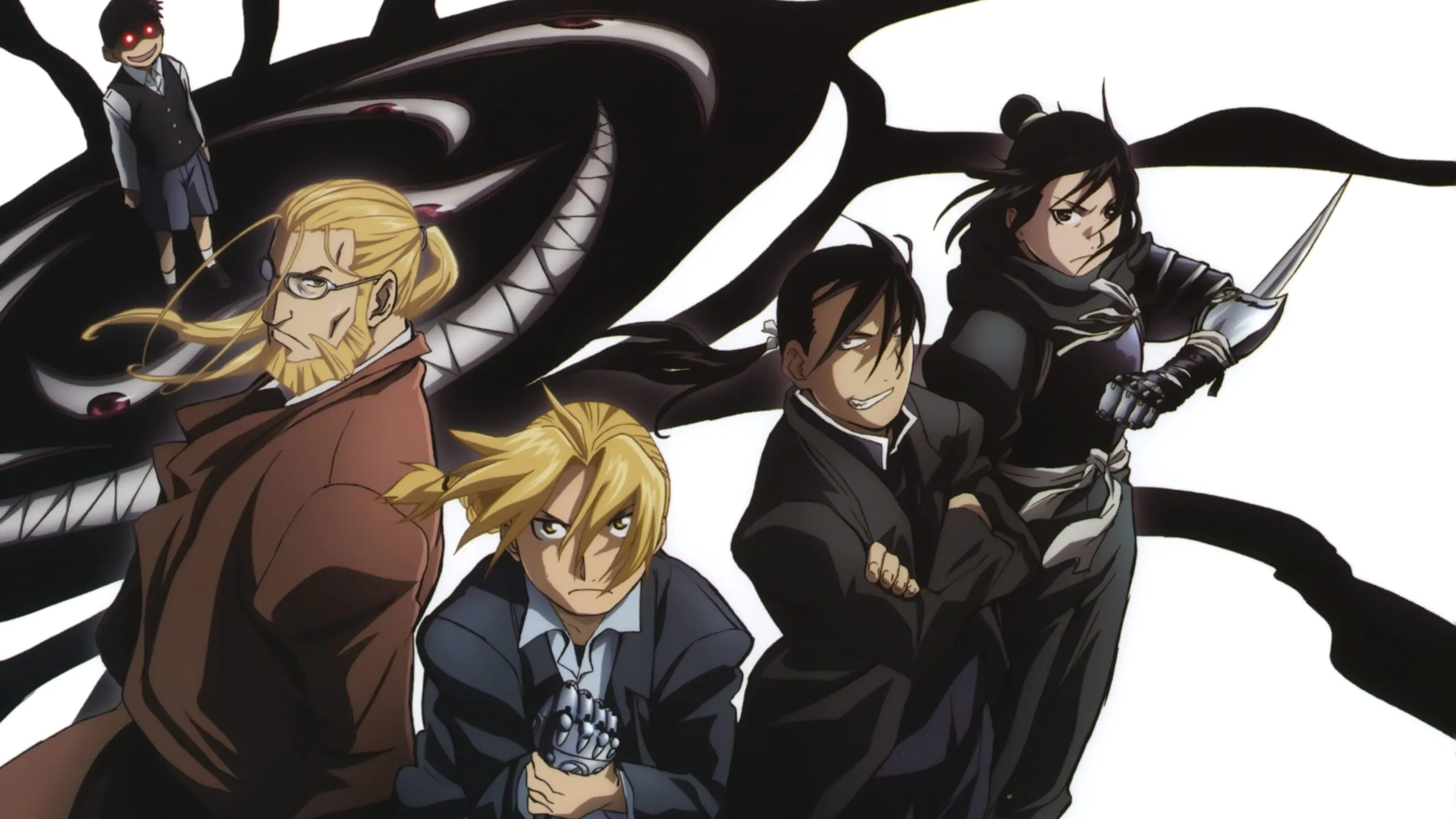
Fullmetal Alchemist: Brotherhood goes into profound themes such as the consequences of ambition, the ethics of scientific advancement, and the nature of sacrifice. The series examines the moral dilemmas faced by its characters and challenges the notion of playing god through alchemy.
The concept of equivalent exchange—a fundamental principle of alchemy—is explored on both a literal and metaphorical level, highlighting the costs and consequences of seeking power at any cost.
The animation quality of *Fullmetal Alchemist: Brotherhood* is exceptional, featuring fluid action sequences, expressive character animations, and detailed backgrounds. The combat scenes are dynamic and visually stunning, showcasing the characters’ diverse alchemical abilities.
The soundtrack of *Fullmetal Alchemist: Brotherhood*, composed by Akira Senju, complements the series’ emotional depth and intensity. The opening and ending themes, performed by artists such as YUI and SID, capture the tone of the series and resonate with viewers.
Fullmetal Alchemist: Brotherhood received widespread critical acclaim and remains one of the highest-rated anime series on various platforms.
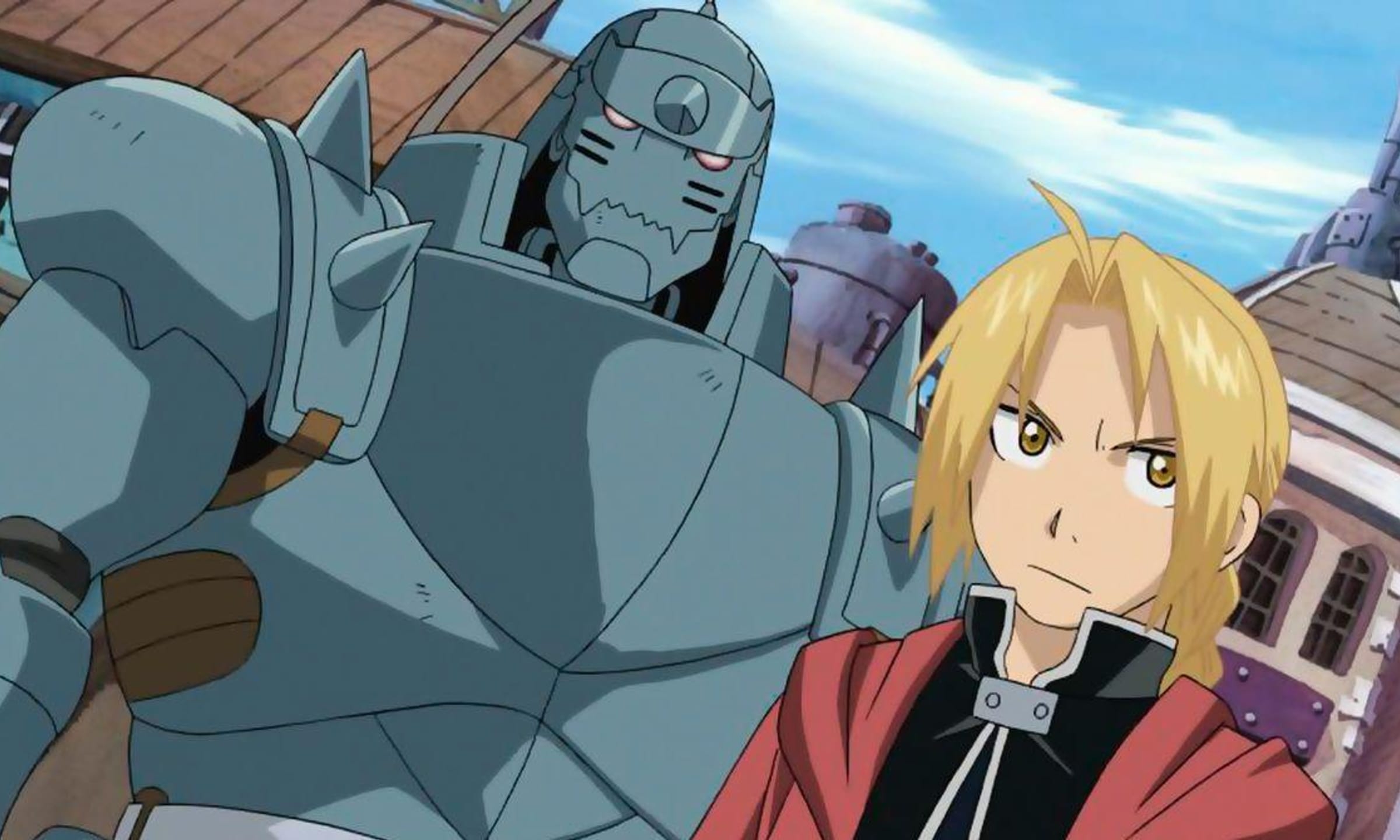
The series is praised for its compelling storytelling, well-rounded characters, and thematic depth. It has won numerous awards and continues to be celebrated by fans of anime and newcomers alike.
The legacy of Fullmetal Alchemist: Brotherhood extends beyond its initial release, inspiring spin-off media, video games, and a live-action film adaptation. The series is regarded as a masterpiece that transcends the anime genre, resonating with audiences for its universal themes and powerful storytelling.
Fullmetal Alchemist: Brotherhood is a masterful anime series that excels in storytelling, character development, and thematic exploration.
With its richly imagined world, compelling narrative, and philosophical depth, *Fullmetal Alchemist: Brotherhood* remains a must-watch for anime enthusiasts seeking a profound and emotionally resonant experience.
Whether you’re drawn to action-packed adventures or thought-provoking dramas, *Fullmetal Alchemist: Brotherhood* offers a timeless journey filled with heart, courage, and the enduring bonds of brotherhood.
4. Steins:Gate
Steins: Gate revolves around Rintarou Okabe, the eccentric leader of a group fixated on inventing a time machine. Alongside him are key members like Christina, whose brilliance is indispensable, Mayuri Shiina, who harbors an enigmatic link to a series of murders, and Daru, the tech-savvy hacker providing crucial support.
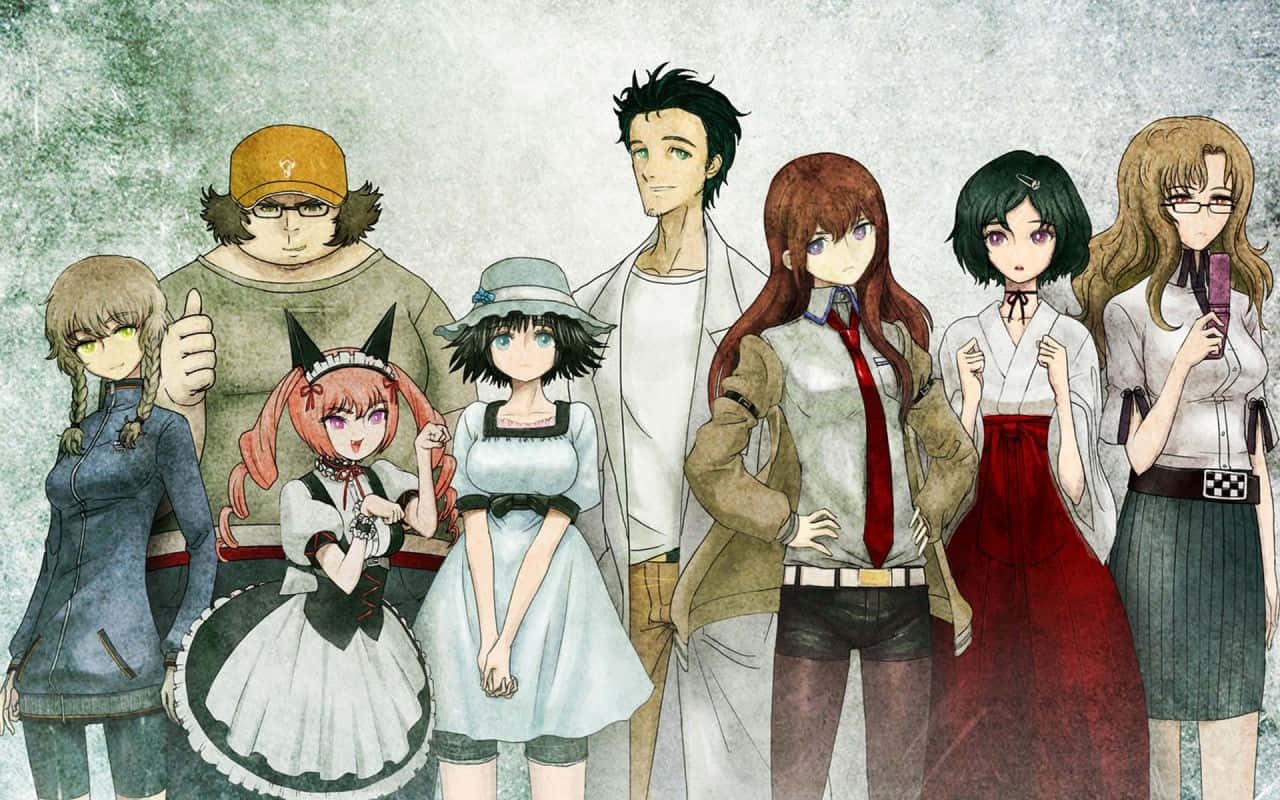
As the series progresses, the group finds themselves entangled in a complex web of conspiracies and betrayals, forcing them to wield their newfound ability to navigate treacherous waters and protect their loved ones.
Renowned by both critics and fans alike, Steins: Gate earns its place among the elite in anime. Its gripping storyline and emotionally resonant characters leave a lasting impact, ensuring viewers are drawn back for multiple viewings.
Whether you’re a seasoned anime enthusiast or just dipping your toes into the genre, Steins: Gate is a series that demands to be binged, offering an unforgettable journey through its intricate narrative and compelling characters.
Steins;Gate is a Japanese visual novel developed by 5pb. and Nitroplus, initially released in 2009. It later received an anime adaptation in 2011 produced by White Fox.
Steins;Gate is widely regarded as a masterpiece in the science fiction genre, known for its intricate plot, well-developed characters, and thought-provoking themes. The series explores the concept of time travel and its consequences through the experiences of its protagonist, Rintarou Okabe.
The story of Steins;Gate is set in Akihabara, Tokyo, and follows Rintarou Okabe, a self-proclaimed mad scientist who goes by the alias “Hououin Kyouma.” Together with his friends Mayuri Shiina and Itaru “Daru” Hashida, Okabe operates the “Future Gadget Laboratory,” where they conduct quirky experiments.
One day, Okabe discovers a way to send messages into the past using a microwave and a cellphone, inadvertently unlocking the ability to alter events through time.
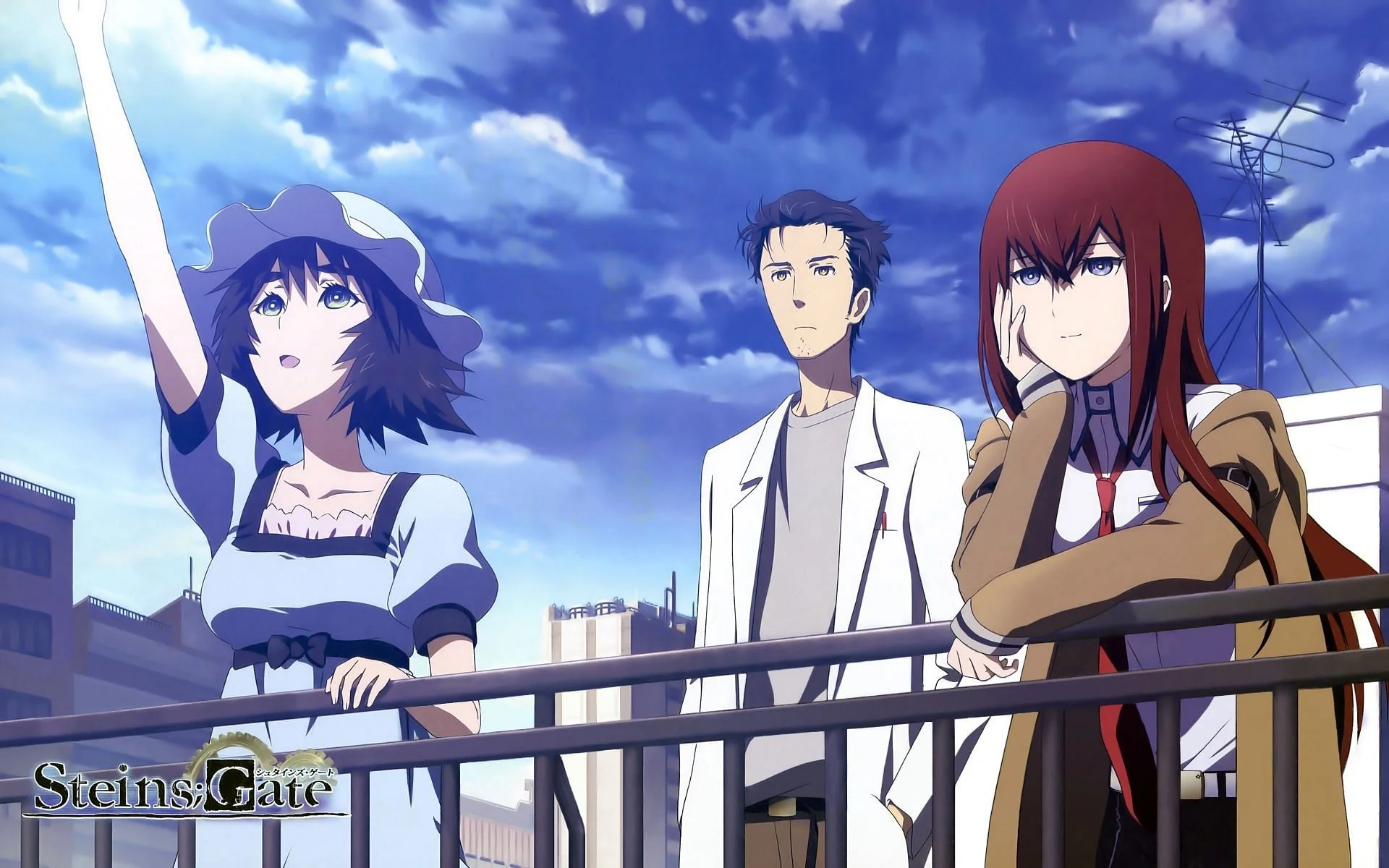
However, meddling with time comes with unintended consequences, leading Okabe and his friends down a dangerous path as they uncover a sinister conspiracy involving time travel and a shadowy organization known as SERN.
As Okabe goes deeper into the mysteries of time manipulation, he encounters Kurisu Makise, a brilliant neuroscientist, and together they go on a perilous journey to change fate and save the ones they care about.
Steins;Gate explores themes of fate, sacrifice, and the ethical implications of time travel. The series deftly combines scientific concepts with human drama, raising thought-provoking questions about the nature of causality and the consequences of altering history.
The storytelling in *Steins;Gate* is nonlinear and intricately woven, keeping viewers engaged with its plot twists and suspenseful narrative. The series balances moments of humor and heartwarming camaraderie with darker themes of conspiracy and existential crisis.
The art style of *Steins;Gate* is distinctive and complemented by White Fox’s quality animation. The character designs are expressive, capturing the emotional nuances of the cast, while the backgrounds and settings evoke a sense of urban realism.
The soundtrack of *Steins;Gate*, composed by Takeshi Abo and other artists, enhances the atmosphere of the series with its haunting melodies and intense orchestral pieces. The opening theme song, “Hacking to the Gate” by Kanako Itou, sets the tone for the series with its energy.
Steins;Gate has received widespread critical acclaim for its innovative storytelling, memorable characters, and intellectual depth. The anime adaptation is highly rated and regarded as one of the best in the science fiction genre.
The success of Steins;Gate has led to the development of sequels, spin-offs, manga adaptations, and video games, expanding its universe and grabbing audiences worldwide.
Steins;Gate is a nice and intellectually stimulating anime series that excels in its exploration of time travel, morality, and human relationships. With its compelling characters, intricate plot, and emotional depth,
Steins;Gate offers a thought-provoking journey that leaves a lasting impact on viewers. Whether you’re a fan of science fiction or character-driven dramas, *Steins;Gate* stands out as a must-watch anime that pushes the boundaries of storytelling and engages audiences with its brilliant execution.
3. Trigun
Trigun, a beloved classic from the 1990s, chronicles the adventures of Vash the Stampede, a legendary gunslinger renowned for his unparalleled marksmanship. With just 26 episodes, it offers a fast-paced and exhilarating journey perfect for a 24-hour binge-watch.
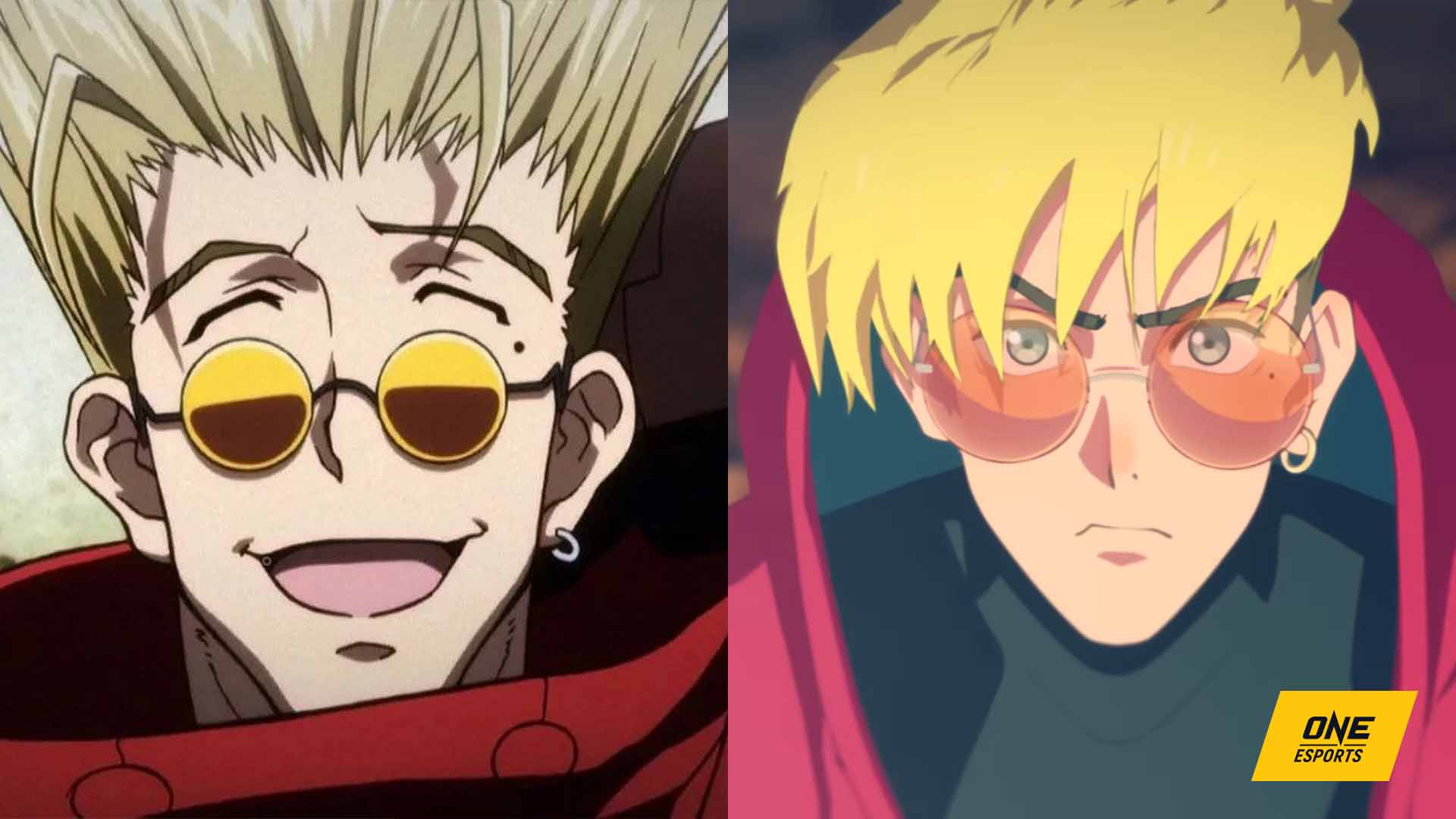
What sets Trigun apart is its eclectic blend of action, adventure, comedy, and drama. From Vash’s comical antics to his unconventional approach to handling adversaries, the series navigates seamlessly between moments of levity and gravitas.
This unique balance keeps viewers engaged and entertained throughout, delivering a rollercoaster ride of highs and lows that leave a lasting impression. So whether you’re in the mood for pulse-pounding action or heartfelt drama, Trigun promises an unforgettable binge-watching experience that’s sure to fascinate audiences of all ages.
Trigun is a Japanese anime series adapted from the manga of the same name created by Yasuhiro Nightow. Produced by Madhouse, the anime originally aired in 1998 and quickly gained popularity for its unique blend of action, comedy, and philosophical themes.
Set in a futuristic Wild West-inspired world, *Trigun* follows the adventures of Vash the Stampede, a legendary gunman with a mysterious past.
The story of *Trigun* takes place on the planet Gunsmoke, a desert wasteland where lawlessness and violence prevail. Vash the Stampede, known as the “Humanoid Typhoon,” is infamous for causing widespread destruction and chaos wherever he goes. Despite his reputation, Vash is actually a pacifist at heart, adhering to a strict code of non-violence and compassion for all life.
As Vash travels across the wasteland, he encounters both friends and foes, including the insurance agents Meryl Stryfe and Milly Thompson, who are tasked with monitoring his actions due to the massive insurance claims left in his wake. Vash’s true identity and the secrets of his past gradually unfold as he becomes entangled in conflicts with ruthless outlaws, mercenaries, and sinister organizations.
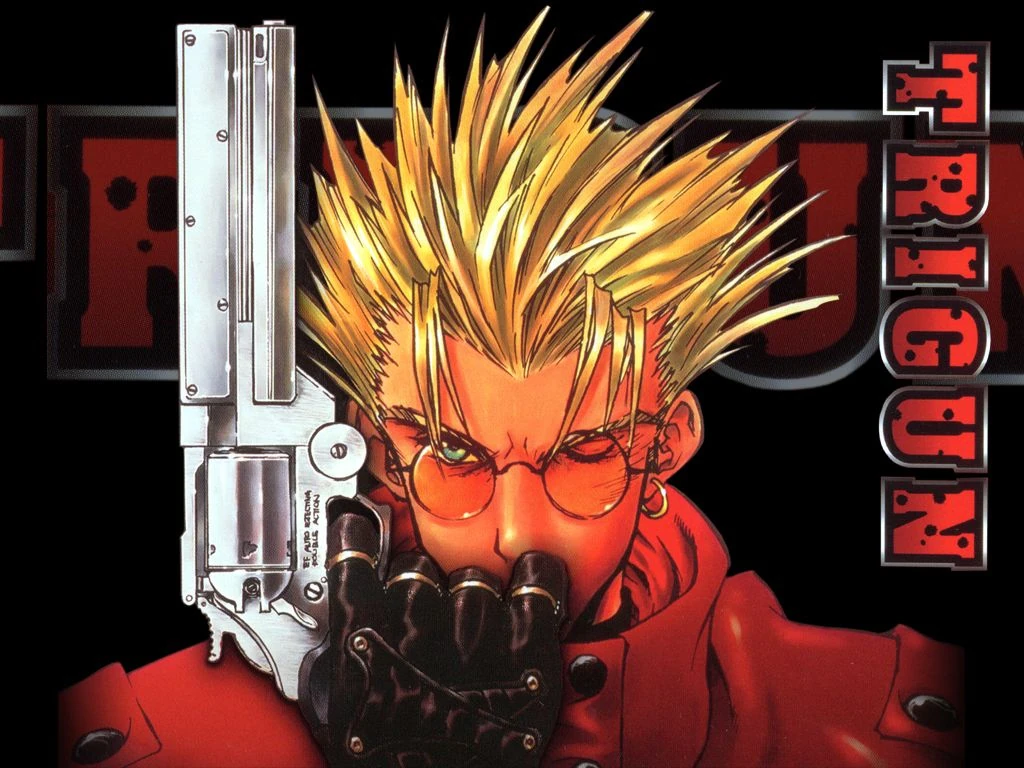
Trigun goes into deep philosophical themes while balancing action-packed sequences and comedic moments. The series explores the nature of morality and the complexities of human behavior through Vash’s unwavering commitment to non-violence in a world filled with conflict and brutality.
As the narrative unfolds, *Trigun* poses questions about the value of life, the pursuit of redemption, and the impact of personal choices on society. The story gradually unravels Vash’s past and motivations, revealing layers of depth to his character and the world around him.
The art style of *Trigun* is distinctive, characterized by detailed character designs, exaggerated expressions, and rugged landscapes that evoke a sense of desolation and isolation. Madhouse’s animation brings the action sequences to life with fluid movement and dynamic choreography.
The soundtrack of *Trigun*, composed by Tsuneo Imahori, complements the series’ atmosphere with a mix of Western-inspired melodies and energetic rock tunes. The opening theme song, “H.T.” by Tsuneo Imahori, sets the tone for the series with its catchy guitar riffs and upbeat tempo.
Trigun received positive reviews from both critics and audiences, praised for its engaging characters, well-crafted storytelling, and thematic depth. The series has attained cult status within the anime community and continues to be celebrated for its unique blend of genres and thought-provoking narrative.
The legacy of *Trigun* has endured over the years, inspiring merchandise, video games, and spin-off media. The character of Vash the Stampede remains an iconic figure in anime culture, embodying themes of compassion and resilience in the face of adversity.
Trigun is a timeless anime series that combines action, comedy, and philosophical exploration to create a compelling and thought-provoking narrative.
With its memorable characters, storytelling, and dynamic visuals, *Trigun* remains a must-watch for anime enthusiasts seeking an immersive journey through a dystopian Wild West-inspired world.
Whether you’re drawn to themes of morality, redemption, or the power of compassion, *Trigun* offers a rewarding viewing experience that leaves a lasting impression.
2. Great Teacher Onizuka
GTO (Great Teacher Onizuka) has garnered a dedicated fanbase who are drawn to its fascinating blend of humor, drama, and action. At its center is Eikichi Onizuka, a former delinquent who takes on the role of a high school teacher in an attempt to relive his glory days.
However, his unorthodox teaching methods often land him in hot water, leading to a series of entertaining and occasionally surreal situations.
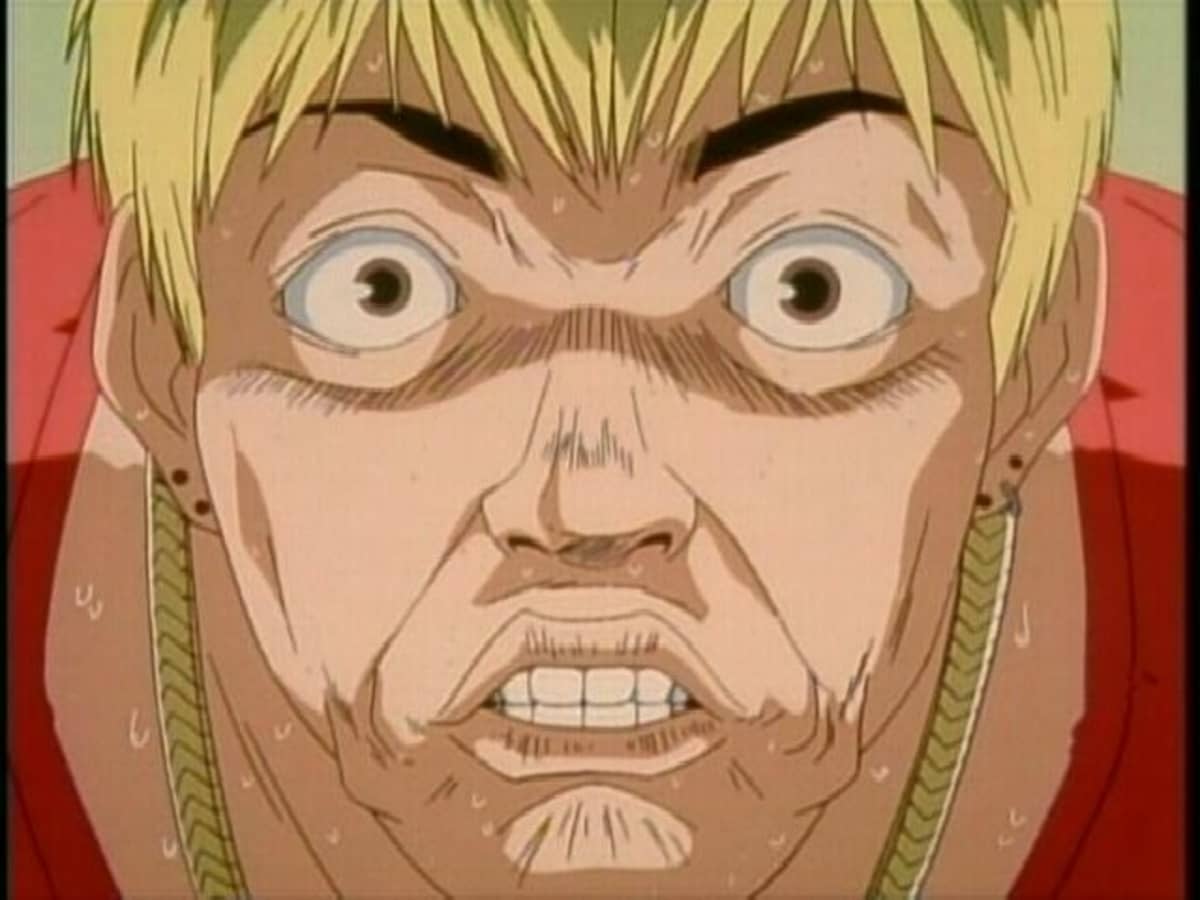
Onizuka’s charm lies in his quirky personality and unconventional approach, coupled with a genuine care for his students. The supporting cast, comprising both students and faculty members, adds depth and appeal to the series.
With its heartwarming moments and comedic flair, GTO caters to fans of both comedy and drama. Its well-developed characters and engaging plotlines make it a must-watch for anyone seeking a blend of humor, heart, and compelling storytelling.
*Great Teacher Onizuka*, often abbreviated as *GTO*, is a Japanese manga series written and illustrated by Tooru Fujisawa. The manga was serialized from 1997 to 2002 and later adapted into an anime series, live-action dramas, and films. *GTO* is celebrated for its comedic yet heartfelt storytelling, compelling characters, and exploration of social issues in the context of education.
The story of *Great Teacher Onizuka* follows Eikichi Onizuka, a former biker gang member and delinquent who decides to pursue a career in teaching. Despite his unconventional background, Onizuka becomes a teacher at the problematic Holy Forest Academy, where he is assigned to a class full of rebellious and troubled students.
Onizuka’s teaching methods are unorthodox, often involving humor, tough love, and unconventional strategies to connect with his students. Throughout the series, Onizuka faces various challenges and conflicts, both within the school and in his personal life, as he strives to make a positive impact on his students and earn their respect.
Set in modern-day Tokyo, *Great Teacher Onizuka* explores themes of youth rebellion, societal pressures, and the importance of empathy and understanding in education.
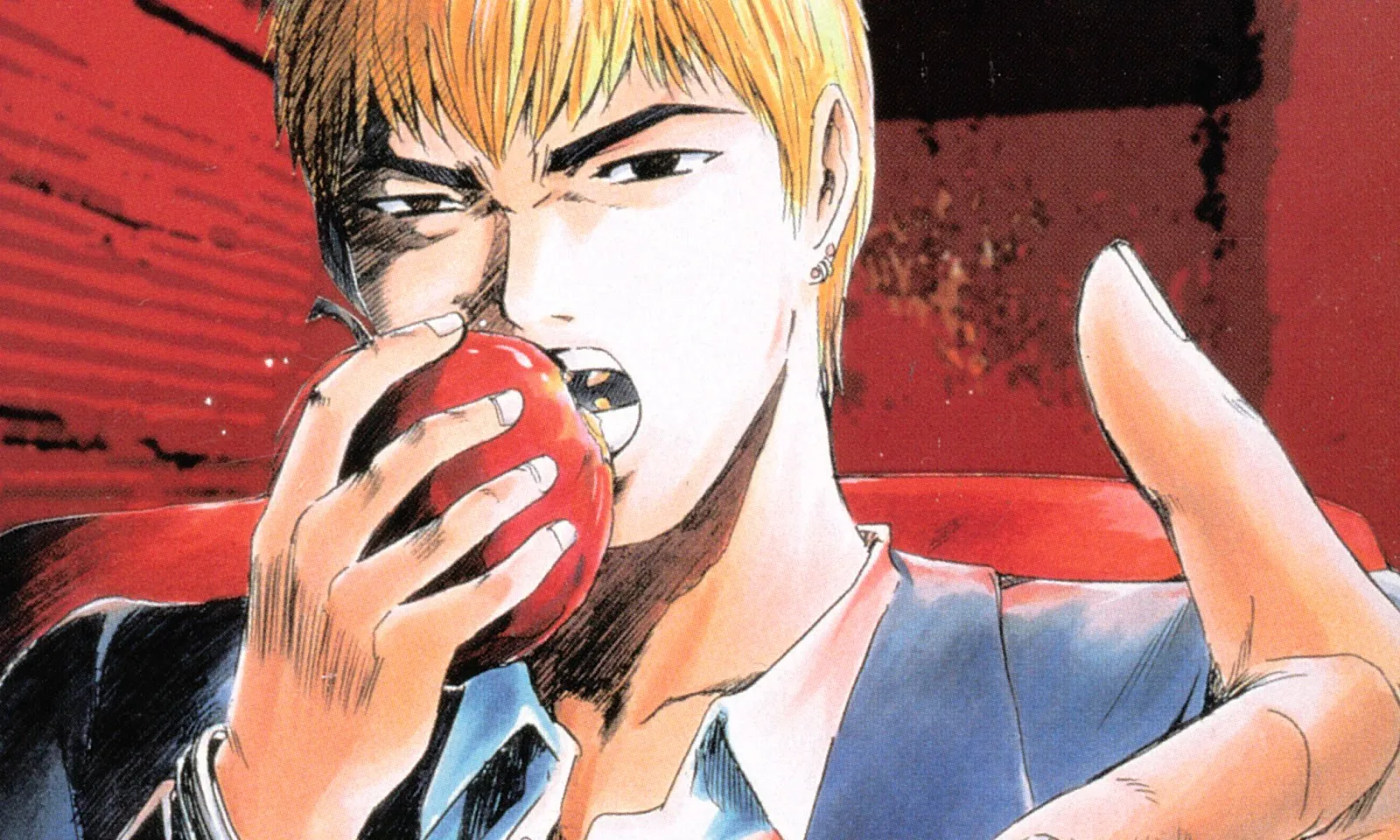
The dynamic relationships between Onizuka and his students drive the narrative forward, emphasizing themes of redemption, personal growth, and the importance of second chances.
Great Teacher Onizuka addresses a range of social issues prevalent among youth, including bullying, academic pressure, family dysfunction, and societal expectations. The series explores these themes with sensitivity and humor, highlighting the challenges faced by adolescents in a rapidly changing world.
Through Onizuka’s interactions with his students, *Great Teacher Onizuka* advocates for empathy, resilience, and the transformative power of positive mentorship. The series challenges traditional notions of education and authority, emphasizing the importance of understanding and connecting with students on a personal level.
The art style of *Great Teacher Onizuka* is expressive and dynamic, capturing the comedic and emotional aspects of the story. The character designs are distinctive, with exaggerated expressions that convey the characters’ personalities and emotions effectively.
The soundtrack of *Great Teacher Onizuka* features a mix of upbeat and emotional tracks that complement the series’ tone and themes. The opening and ending theme songs, such as “Driver’s High” by L’Arc~en~Ciel, add energy and nostalgia to the viewing experience.
*Great Teacher Onizuka* has garnered widespread acclaim for its engaging storytelling, memorable characters, and poignant social commentary. The series resonates with audiences of all ages and has maintained a dedicated fanbase since its initial release.
The legacy of *Great Teacher Onizuka* extends beyond its manga and anime adaptations, inspiring spin-off media, merchandise, and cultural references in Japanese popular culture.
Great Teacher Onizuka is a nice and heartfelt anime series that celebrates the transformative power of mentorship and compassion in education.
With its relatable characters, humorous storytelling, and poignant social commentary, Great Teacher Onizuka* remains a timeless classic that continues to inspire and entertain viewers worldwide.
Whether you’re interested in comedy, drama, or social issues, *Great Teacher Onizuka* offers a compelling narrative journey filled with humor, heart, and valuable life lessons.
1. One Punch Man
One Punch Man (Credits: J.C.Staff )One Punch Man is a thrilling and incredibly enjoyable anime series that’s perfect for a day-long binge-watch. The story follows Saitama, a young and unemployed Hero for Fun who possesses the power to defeat any enemy with a single punch.
Despite his incredible strength, Saitama finds himself battling monsters and villains who threaten the city, all while struggling to find a worthy opponent who can challenge him.
What sets One Punch Man apart is its unique blend of action and humor. Saitama’s nonchalant demeanor and laid-back approach to his superhuman abilities often lead to hilarious situations throughout the series.
With its fast-paced tempo and non-stop adrenaline, One Punch Man stands out as one of the best in its genre, offering viewers an exhilarating and comedic ride from start to finish.
One Punch Man is a Japanese superhero webcomic created by the artist ONE, which later inspired a highly acclaimed manga illustrated by Yusuke Murata and an anime adaptation.
The series is known for its unique blend of action, humor, and satire within the superhero genre. One Punch Man follows the story of Saitama, a seemingly average man who can defeat any opponent with a single punch, leading to existential ennui and a quest for a worthy challenge.
In One Punch Manmysterious creatures known as monsters and villains regularly threaten humanity. To combat these threats, heroes with various abilities and ranks have emerged, organized under the Hero Association. Among them is Saitama, an unassuming hero who trained intensely for three years to achieve his incredible strength.
Despite his overwhelming power, Saitama becomes disillusioned with his superhero life due to the lack of challenging opponents.
He yearns for a worthy adversary who can engage him in a true battle of skill and determination. Alongside his cyborg disciple, Genos, Saitama navigates a world filled with eccentric heroes, powerful monsters, and comical villains while seeking purpose and recognition for his abilities.
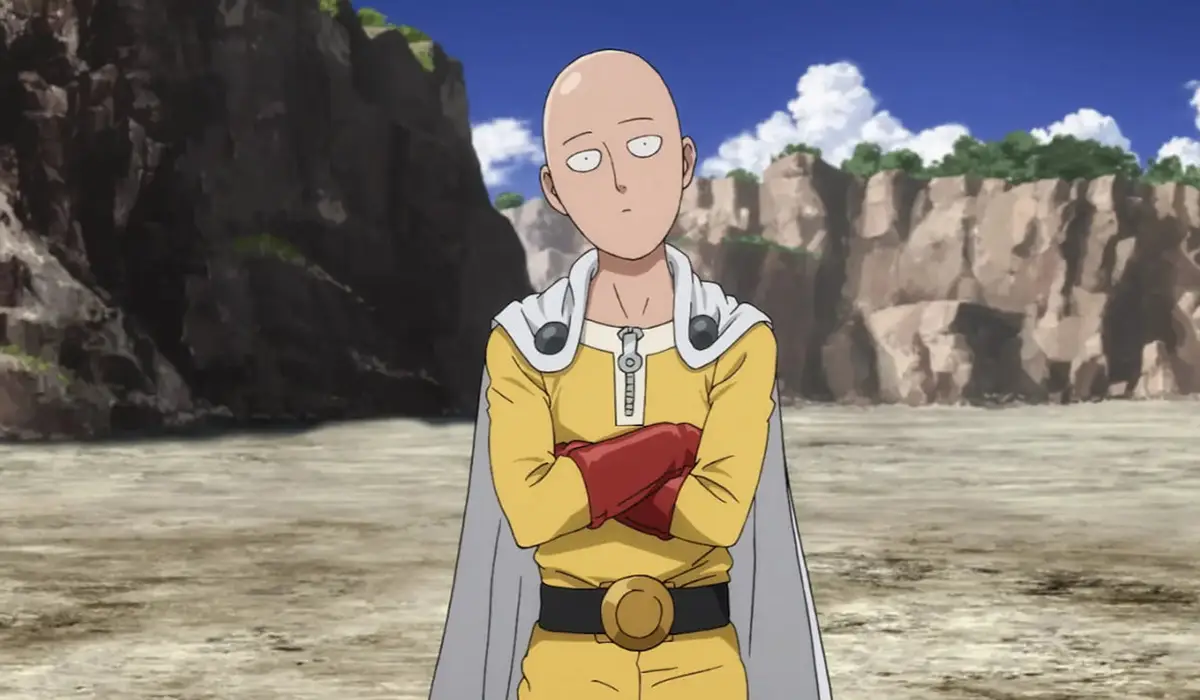
One Punch Man satirizes superhero tropes and conventions while exploring themes of existentialism, powerlessness, and the pursuit of purpose. Saitama’s struggle with boredom and the lack of fulfillment despite his overwhelming strength reflects larger themes of disillusionment and societal expectations.
The series also critiques heroism and the commercialization of hero culture, highlighting the complexities of morality and the human condition through its characters’ interactions and motivations.
The manga adaptation of One Punch Man by Yusuke Murata is praised for its detailed artwork, dynamic action sequences, and expressive character designs. The anime adaptation, produced by Madhouse and later by J.C. Staff, features fluid animation and impressive fight choreography that brings the battles to life.
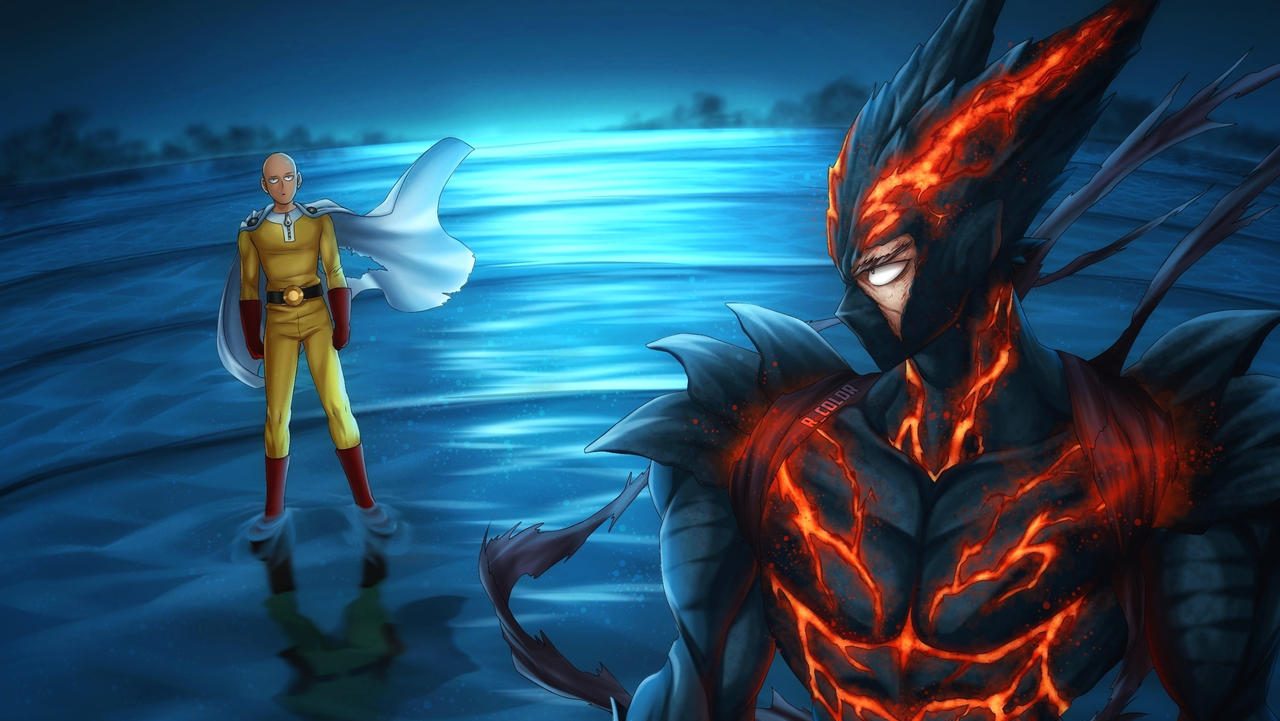
One Punch Man balances intense action with comedic elements, resulting in memorable and entertaining moments. Saitama’s deadpan reactions to absurd situations and over-the-top battles add depth to the series’ humor while showcasing the impact of his incredible strength.
*One Punch Man* has garnered widespread acclaim from both critics and audiences for its unique premise, engaging storytelling, and compelling characters. The series has inspired video games, merchandise, and spin-off media, solidifying its legacy within the anime and manga community.
One Punch Man is a standout anime and manga series that subverts superhero stereotypes with humor, action, and insightful themes.
With its charismatic protagonist, diverse cast of characters, and dynamic art style, *One Punch Man* continues to captivate audiences with its blend of satire, existential commentary, and thrilling battles.
Whether you’re a fan of superheroes or looking for a fresh take on the genre, *One Punch Man* offers an exhilarating and comedic journey that leaves a lasting impression.

